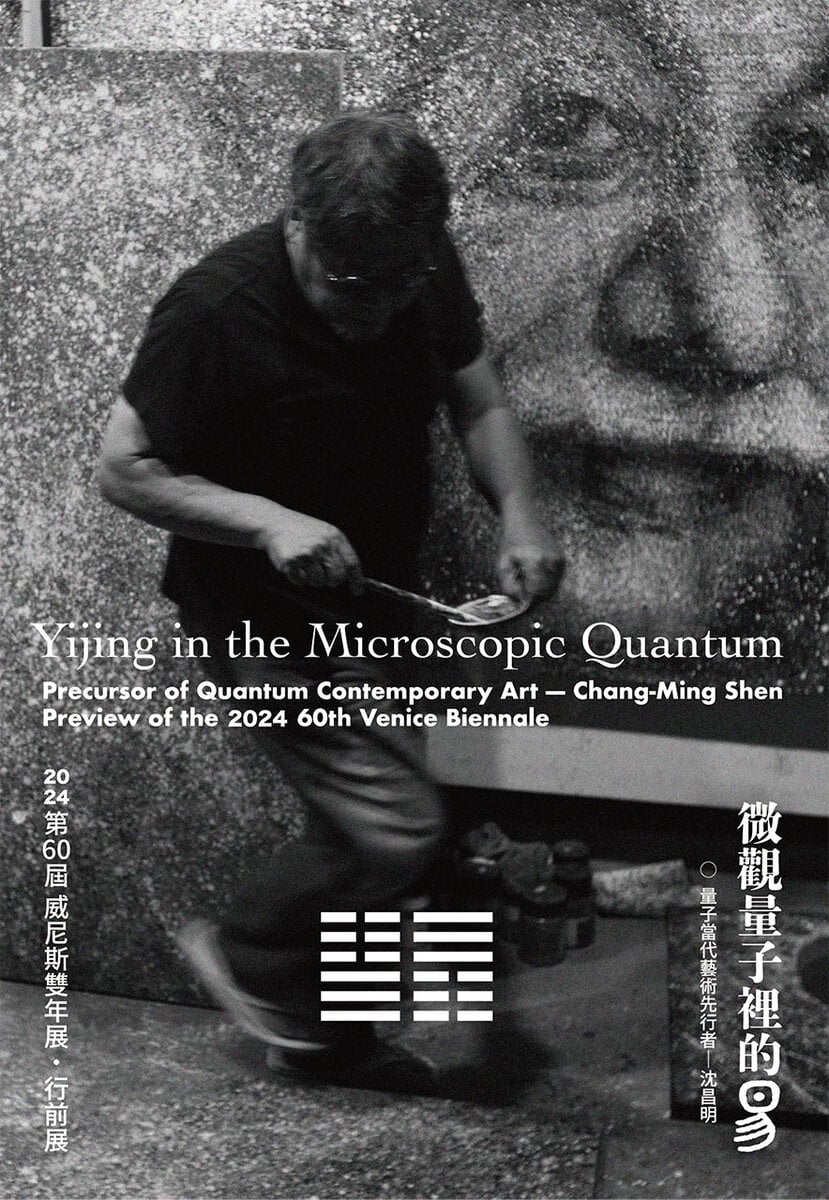Artistic energy created with quantum mechanics by Sheng Chang-Ming
Curator: Emerson WANG
Leonardo da Vinci understood “science” as “knowledge” and “art” as a method of reflecting “specialized techniques.” The passion invested in creating a painting with various natural elements may involve the entire scientific research process. Leonardo’s sketches of machines or anatomical drawings, reflecting the artist’s fascination with both nature and science, require significant artistic talent to view art and science as inseparable components.
Humanities and science, seemingly two parallel lines that do not intersect, have quietly stirred within both fields for over a century, providing scientists and artists with fresh perspectives. They exist in the space between reason and romance, generating aesthetics through misunderstandings and discovering novelty through exploration. The Renaissance movement established a scientific approach to artistic representation, incorporating knowledge of light and shadow, perspective, anatomy, and more into the realm of visual art. The Impressionist movement, on the other hand, proposed a transformation in the use of color and form in painting, introducing scientific concepts of light and color into the art, challenging traditional notions of color, and establishing a modern study of color theory centered around primary and ambient colors.
The emergence of quantum mechanics not only reshaped the history of science and intellectual trends but also had an impact on the work of artists of that era. Russian artist Kazimir Malevich, for instance, believed that the tangible world did not truly exist, and only non-objectivity represented the sole existence and essence of the world. While Kandinsky’s abstract paintings still retained a symbolism with a duality of representation, and Mondrian’s abstract work contained the origins of the tangible world’s evolution, absolute non-figuration, as advocated by Malevich, rejected any reference to the tangible world or symbols in painting. Malevich’s creation of Suprematism had a tendency toward Russian nihilism, deeply influenced by Russian philosopher Nikolai Berdyaev, emphasizing human freedom and the spiritual will of existence. His philosophical content traversed theories of existence and phenomenology from figures like Eckhart to Heidegger, drawing on the distinction between substance and appearance as presented by Schelling, Schopenhauer, and Nietzsche.
In Eastern philosophy, from Laozi’s “Wei Wu Wei” (actionless action) to Zhuangzi’s “All things are the same,” and even in Huainanzi’s “Original Way,” the concept of “Dao” has been continuously expounded upon. It extends from the heavens to encompass the earth, expands in all directions, reaching incomprehensible heights and depths, enveloping the universe, and in its invisibility, nurtures all things. This “Dao” is, in essence, the spiritual will of nature.
Artist Shen Changming, starting from a humanistic perspective, has experienced the various comings and goings, life and death, and reunions and separations in his life. Through these experiences, he has come to understand the absolute nature of spiritual existence and embarked on a journey to explore the principles of the cosmic world. As described in the Tao Te Ching by Laozi: “Something mysteriously formed, born before heaven and earth. In the silence and the void, standing alone and unchanging, ever-circulating without end, able to be the mother of the world.” The creation and dissolution of all things in the world are merely reflections of the will. In the scientific realm, the theory of quantum mechanics fundamentally alters humanity’s understanding of material structures and their interactions.
The “Yijing” holds a central place in Shen Changming’s perspective. The “Yijing” serves as the cosmological foundation of Chinese philosophy and the bedrock of human ethics. It posits that the interplay of yin and yang is the fundamental law governing the development of all things. The world is composed of these two aspects, two forces, which are complementary, mutually transformative, and must not be neglected. They constitute the essence of things and the laws governing their movements. Philosophers discuss the existence of the cosmic world, while scientists continually probe the origins of the universe.
In the “Big Bang” theory, our universe originated from a region of infinite smallness, high temperature, and density devoid of matter, violating all known physical laws. It initiated a sudden and dramatic expansion process, allowing matter to form. Ahmed Farag Ali and Saurya Das published a paper proposing a new model by modifying quantum equations and constructing orbits. This novel hypothesis posits that the universe is composed of a quantum fluid containing numerous hypothetical gravitons. According to this model, the universe has eternal life, never had a beginning, and will never have an end. Our understanding of the world has shifted from ontology to epistemology.
Spinoza’s view of God in “Ethics” is that God is an integral part of a deterministic universe where nothing happens by chance. Einstein developed a concept of deterministic nature inspired by Spinoza’s philosophy, believing that all things are governed by strict laws.
Drawing from both Eastern and Western philosophy, the humanities, and the science of cosmogenesis and phenomena, Shen Changming has developed a unique quantum art theory and belief system that spans from life’s insights to artistic creation. “In memory of my departed son, I repeatedly transcribed the Heart Sutra onto the canvas, creating a distinctive texture after numerous repetitions. This process led me to grasp the concept of yin and yang, as well as the interplay of the virtual and the real, opening up a new creative path for me. The act of creation is also a form of self-reflection, and I gradually came to realize that many things in life need not be overly attached to. Each person is an energy emanating from a shared magnetic field and domain. After departing this physical existence, we return to our source.”
A canvas is, in essence, a generated universe. Before an artist imparts their will onto it, the world of this canvas already exists. Through the accumulation of time and space on the canvas, the artist’s beliefs and intentions overlay upon it, sequentially creating another world of phenomena. However, the original world still exists; it’s just taken on a different form, seen differently through our eyes. Yet, its essence has always remained unchanged. Within the canvas, Shen Changming splatters oil paint, representing the universe as he perceives it, akin to the most fundamental quantum elements, shaping the appearance of a world. And this world belongs to the artist’s perception and creation.
The “Yijing” begins with the two hexagrams of Qian and Kun, with Qian composed of six yang lines and Kun composed of six yin lines. Therefore, Qian represents pure yang, while Kun represents pure yin. Since everything in actual existence must have both yin and yang aspects, what Qian and Kun represent is undoubtedly an abstract principle. This principle can be observed in the transitions of day and night, the changing seasons, and even in the smallest details like grains of sand and individual leaves. Shen Changming, drawing from quantum mechanics theory, channels the overly romantic aspects towards a rational balance, approaching the “Yijing” and everyday thoughts with a scientific spirit. In his paintings, there is often an intuitive element beyond consciousness, but he always brings the viewer back to reality with rationality.
Approaching painting as a scientific study, Shen Changming infuses the spirit of experimentation into his artwork. He introduces quantum elements into his paintings by mixing pigments with fine sand, creating an effect where colors both converge and stand independently, resulting in a visually vibrant and rich composition that transcends the scientific theories of light and shadow found in Impressionism. In Eastern thought, every grain of sand represents a world, each world containing myriad qualities, and these worlds combine to form a larger universe. Sand symbolizes the smallest visible particles, analogous to the quantum realm, where quantum elements construct the diversity of the world. Shen utilizes sand relief carving alongside the transcription of Heart Sutra in seal script, creating a dual-layered spatial dimension within the artwork. Each stroke in the painting exudes metaphysical and philosophical concepts of “Dao.”
In terms of technique, he enhances visual richness through splattering, and he employs a yin-yang carving technique to bring three-dimensional sculptural effects to two-dimensional paintings. Similar to the method used in seal engraving, he constructs spatial depth in the artwork, allowing for more whitespace, blurring the line between abstraction and concreteness. By employing visual misalignment, when viewed from different angles, the artwork presents an interplay between text and image, offering two distinct experiences for reading and viewing. Moreover, each individual character carries its unique and complete world within it. The diverse variations created within a single composition are a testament to Shen Changming’s artistic achievements developed through years of in-depth exploration.
Pioneers may be solitary, but they are never lonely. Solitude is a necessary immersion, revealing the depths of one’s being and providing a clearer understanding of the world during moments of introspection between day and night. Through Shen Changming’s creation of quantum art, we also discover a new world, not only visible to the eyes but also felt within the soul.
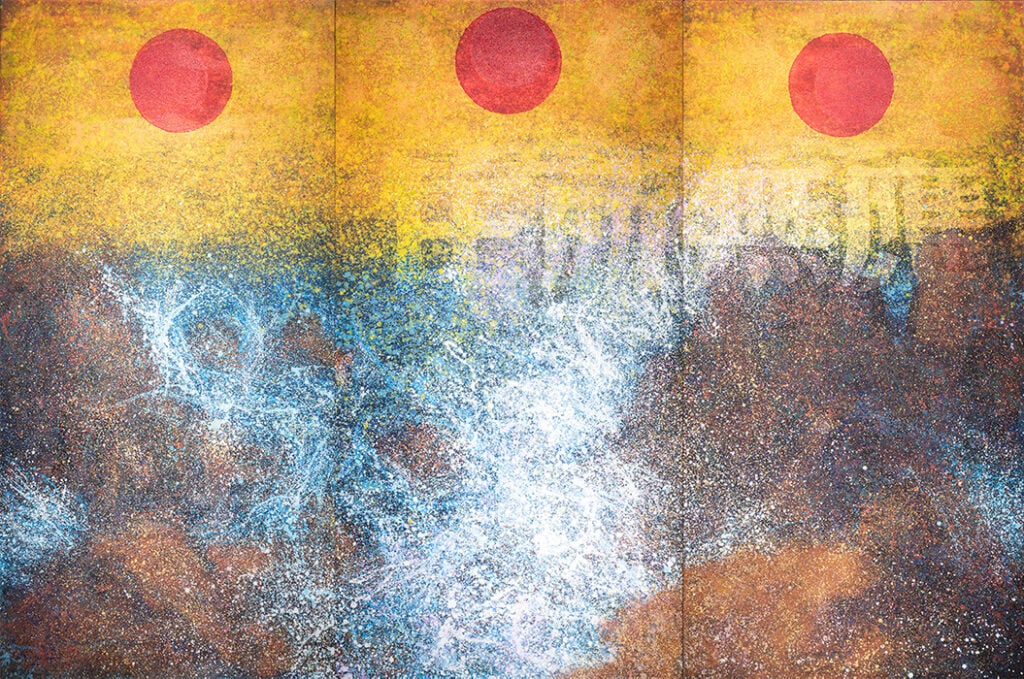
沈昌明_金剛經四句偈_複合媒材、畫布_ 180x270cm(三聯幅)_2023
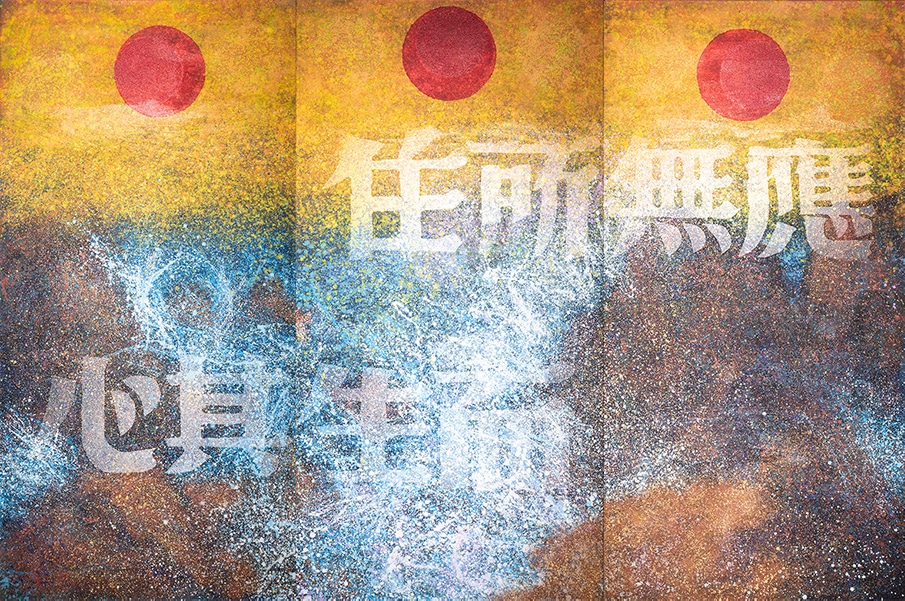
沈昌明_金剛經四句偈_複合媒材、畫布_ 180x270cm(三聯幅)_2023_字
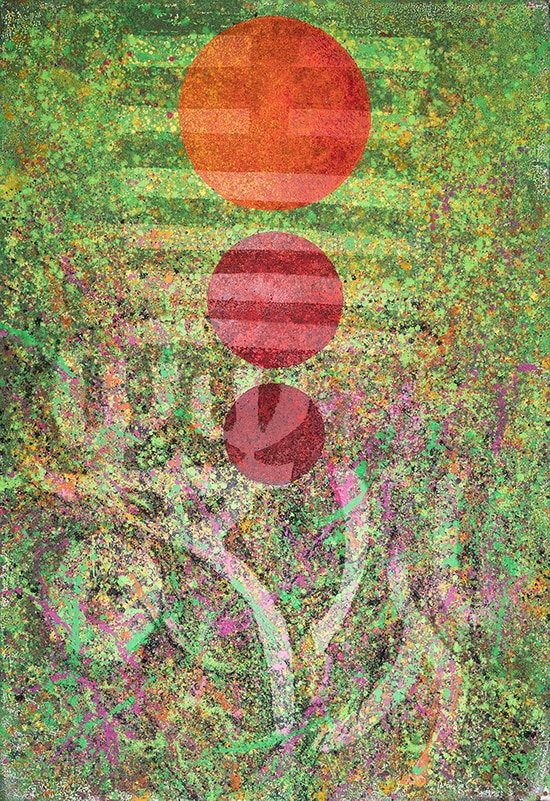
沈昌明_春分_複合媒材、畫布_ 163x112cm_2023
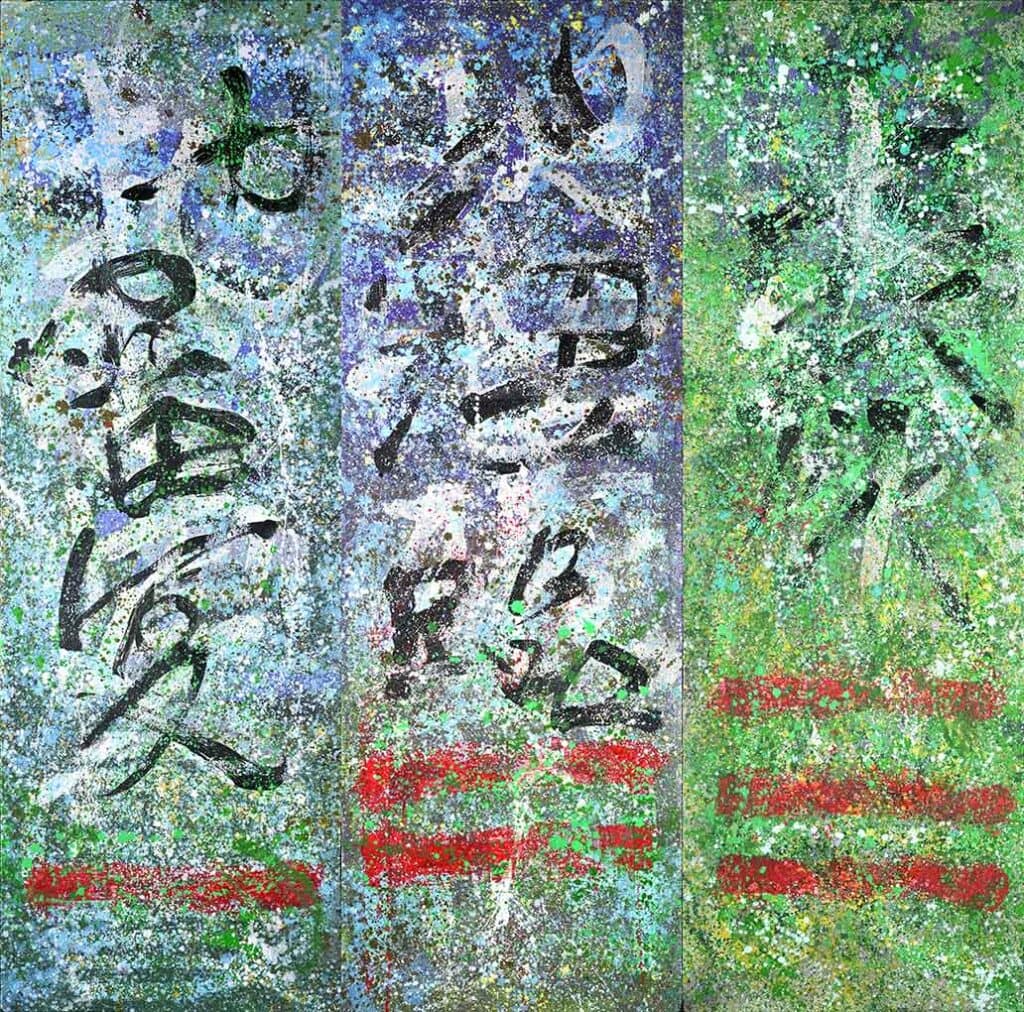
沈昌明_ 12辟卦-復卦、臨卦、泰卦_複合媒材、畫布_ 60×180 cm(單件尺寸)_2023
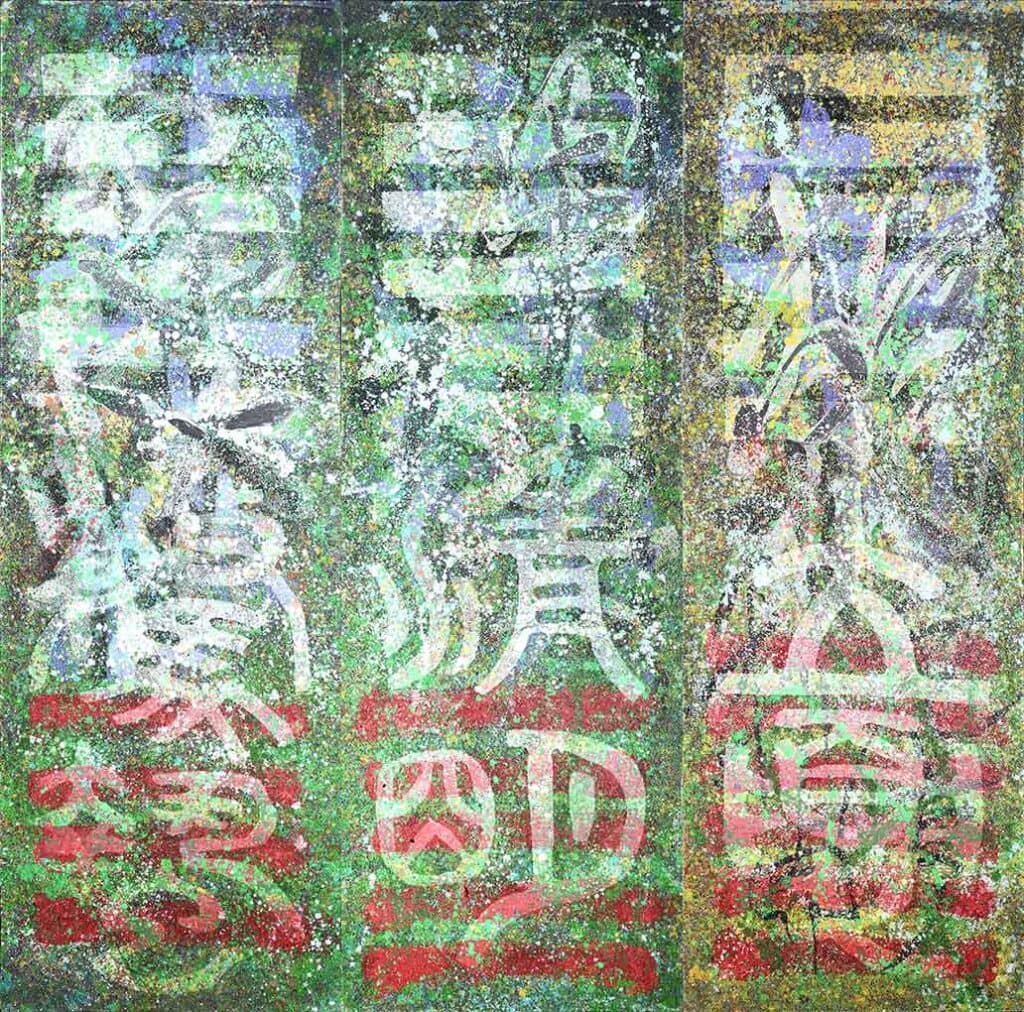
沈昌明_ 12辟卦-乾掛、夬掛、大壯掛_複合媒材、畫布_ 60×180 cm(單件尺寸)_2023_字
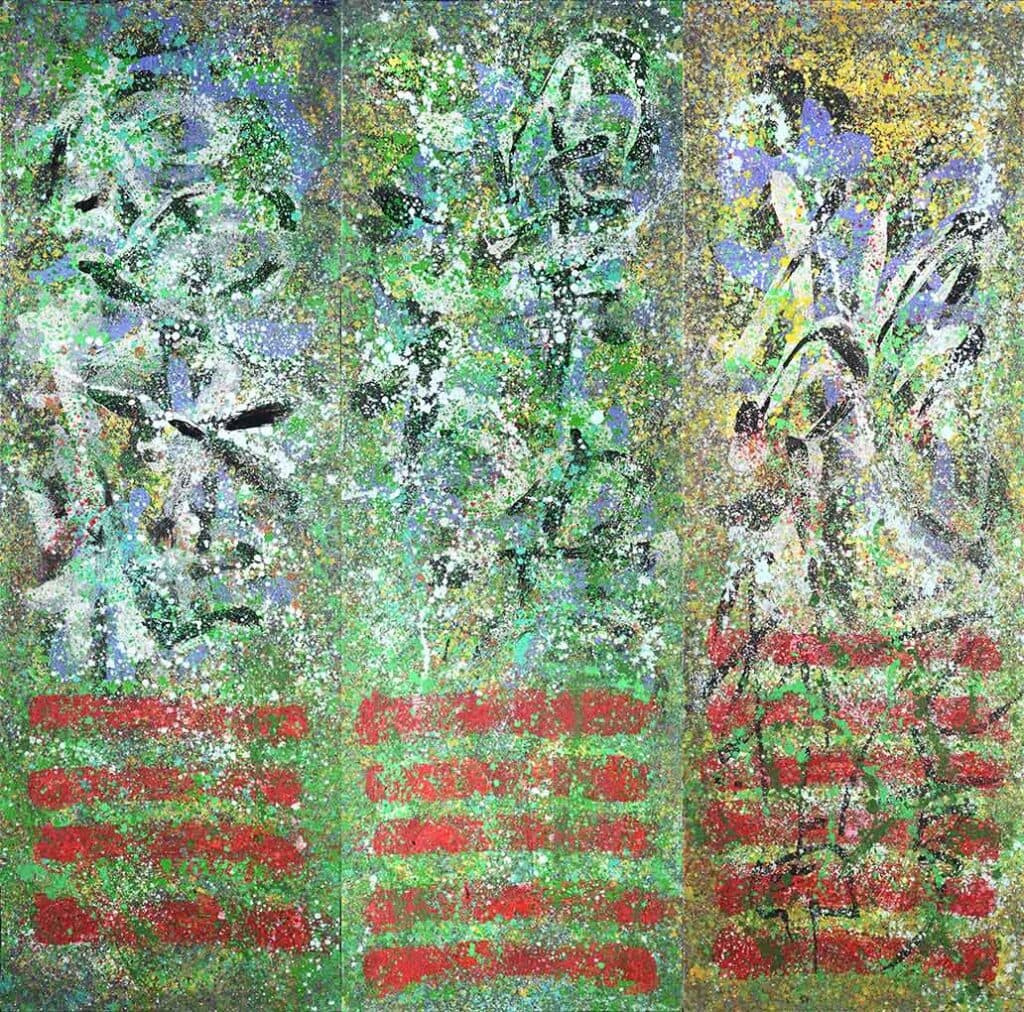
沈昌明_ 12辟卦-乾掛、夬掛、大壯掛_複合媒材、畫布_ 60×180 cm(單件尺寸)_2023
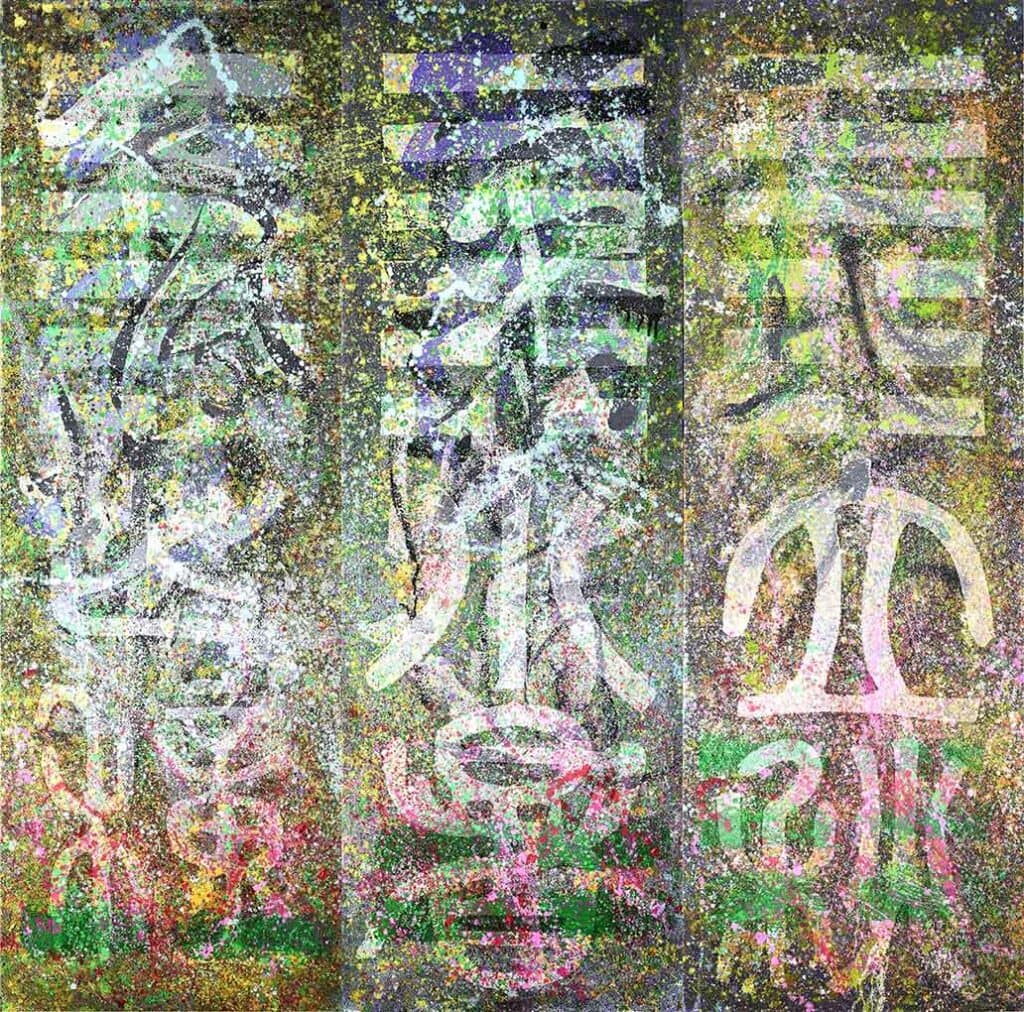
沈昌明_ 12辟卦-姤卦、遁卦、否卦_複合媒材、畫布_ 60×180 cm(單件尺寸)_2023_字
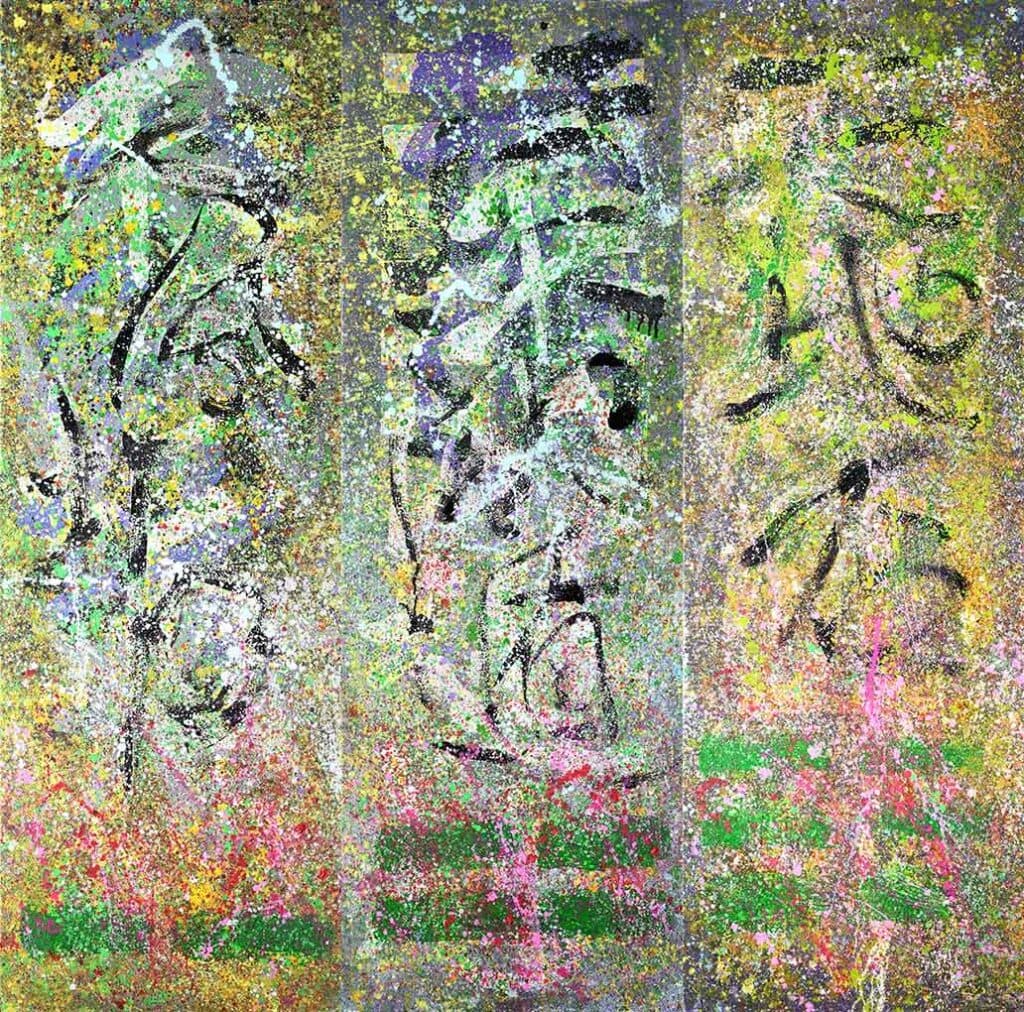
沈昌明_ 12辟卦-姤卦、遁卦、否卦_複合媒材、畫布_ 60×180 cm(單件尺寸)_2023
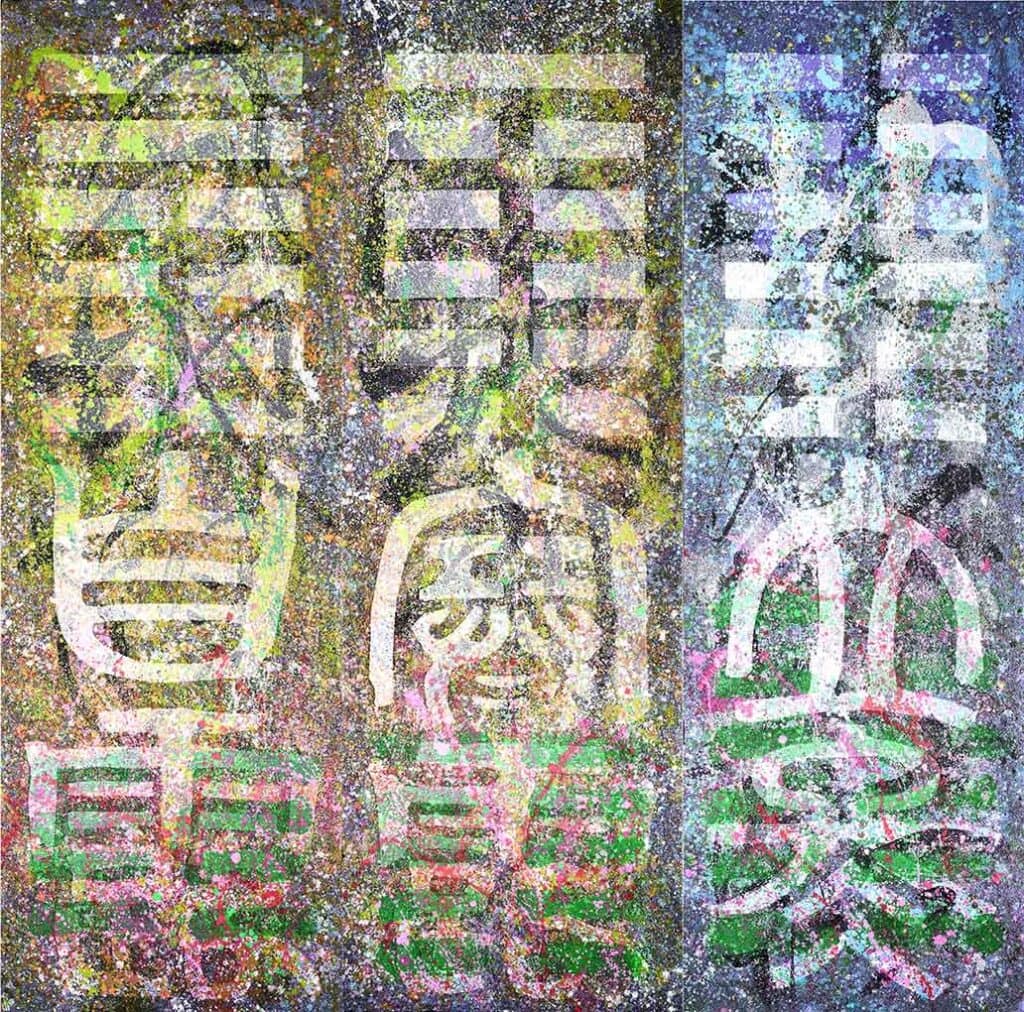
沈昌明_ 12辟卦-坤掛、剝掛、觀掛_複合媒材、畫布_ 60×180 cm(單件尺寸)_2023_字
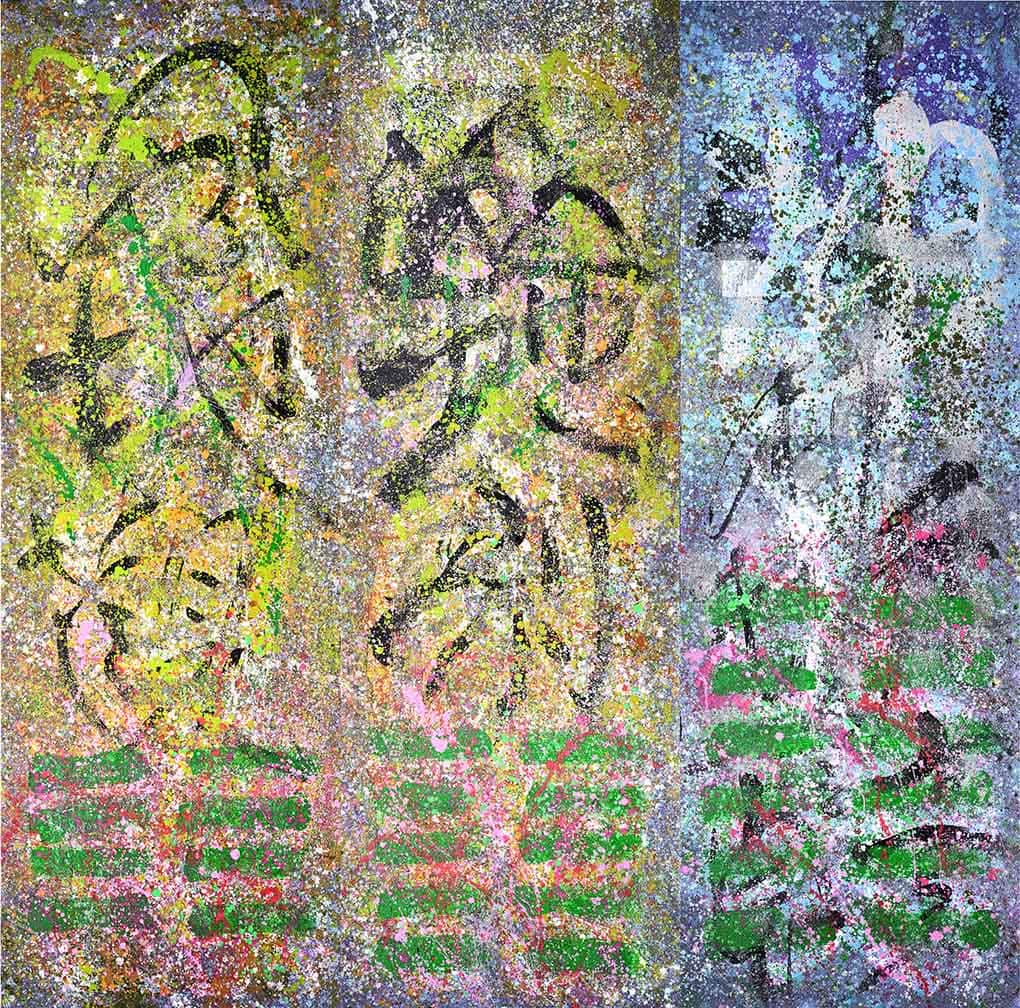
沈昌明_ 12辟卦-坤掛、剝掛、觀掛_複合媒材、畫布_ 60×180 cm(單件尺寸)_2023
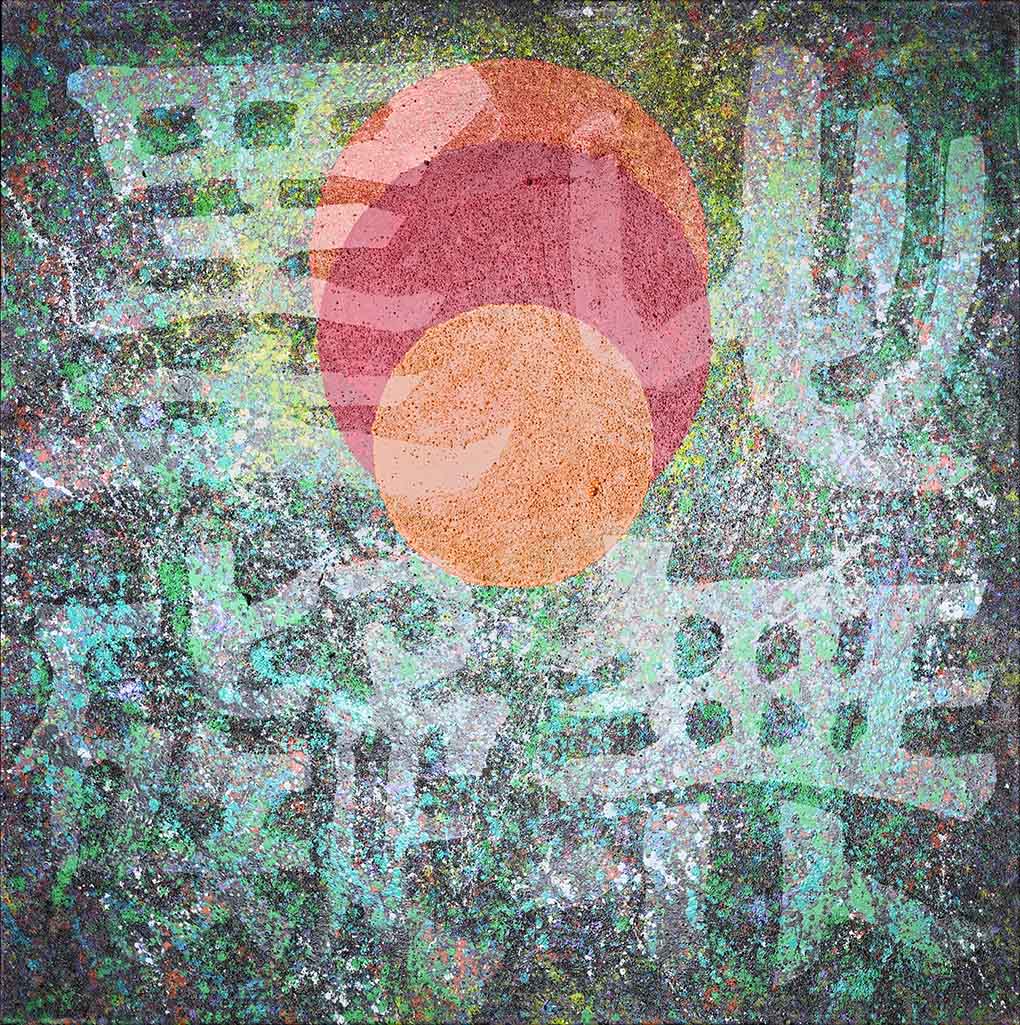
沈昌明_心無罣礙_複合媒材、畫布_ 100x100cm_2023_字
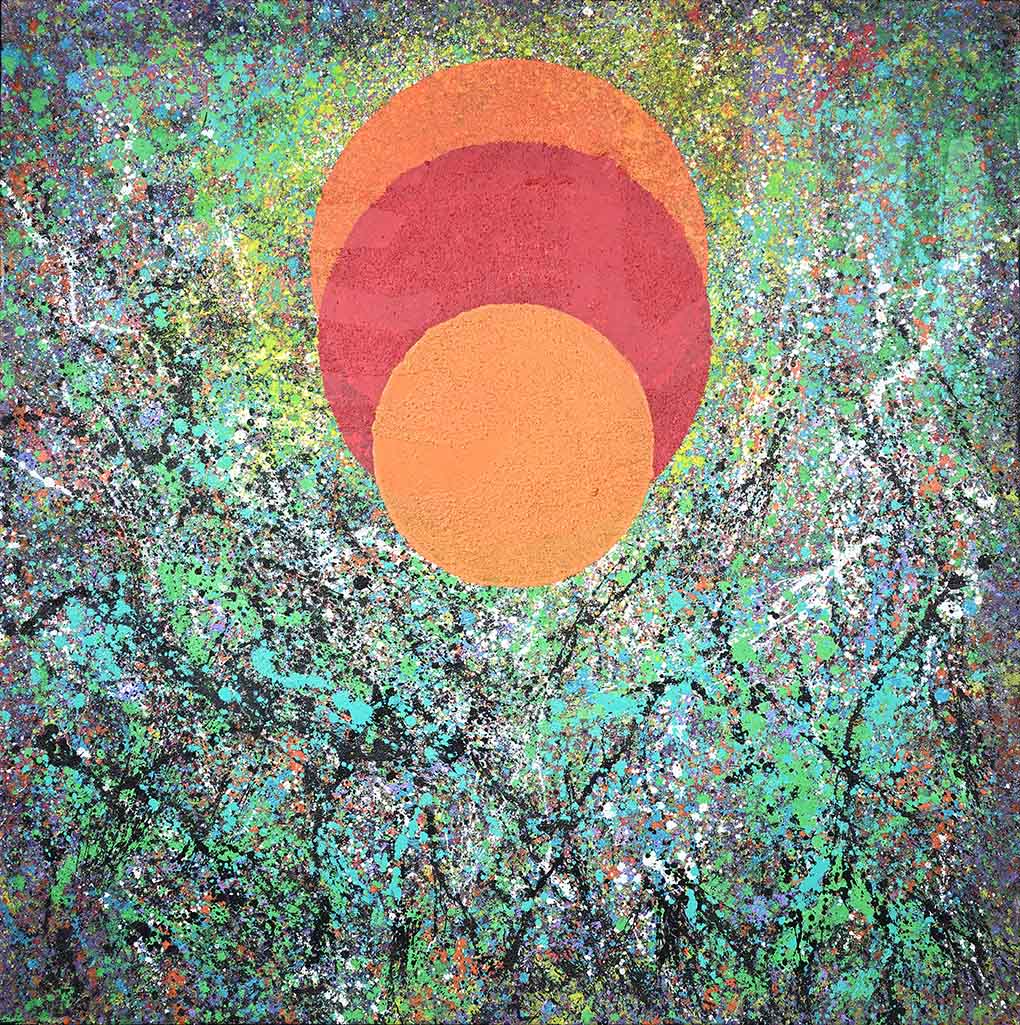
沈昌明_緣起性空_複合媒材、畫布_ 100×100 cm_2023
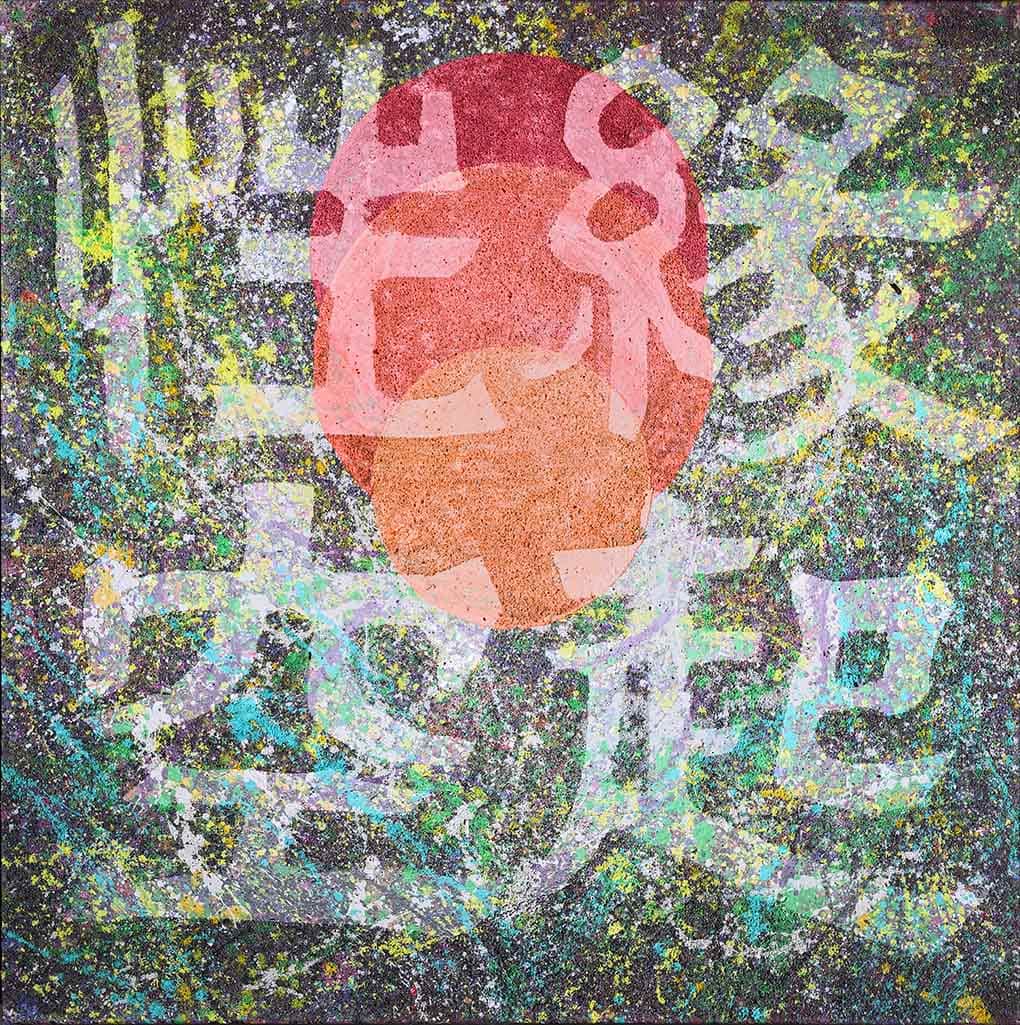
沈昌明_緣起性空_複合媒材、畫布_ 100×100 cm_2023_字
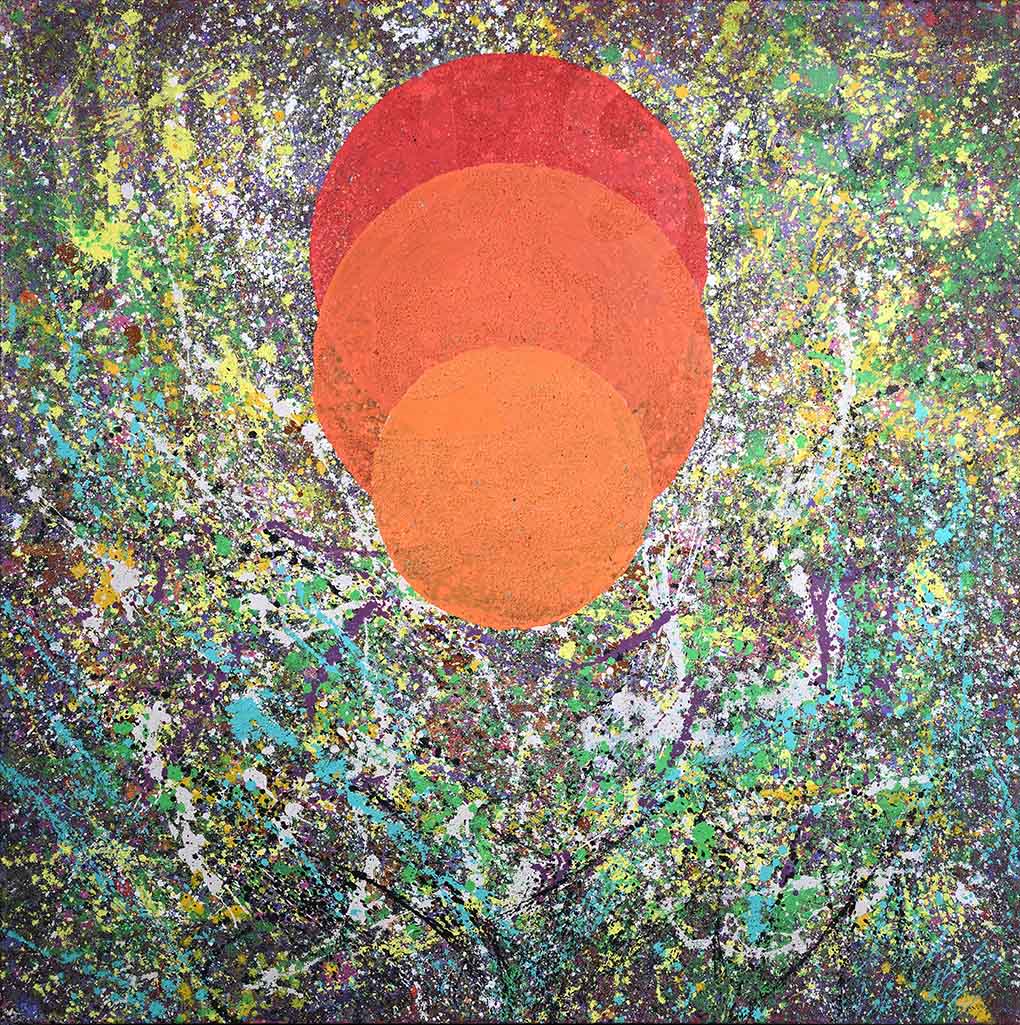
沈昌明_心無罣礙_複合媒材、畫布_ 100x100cm_2023
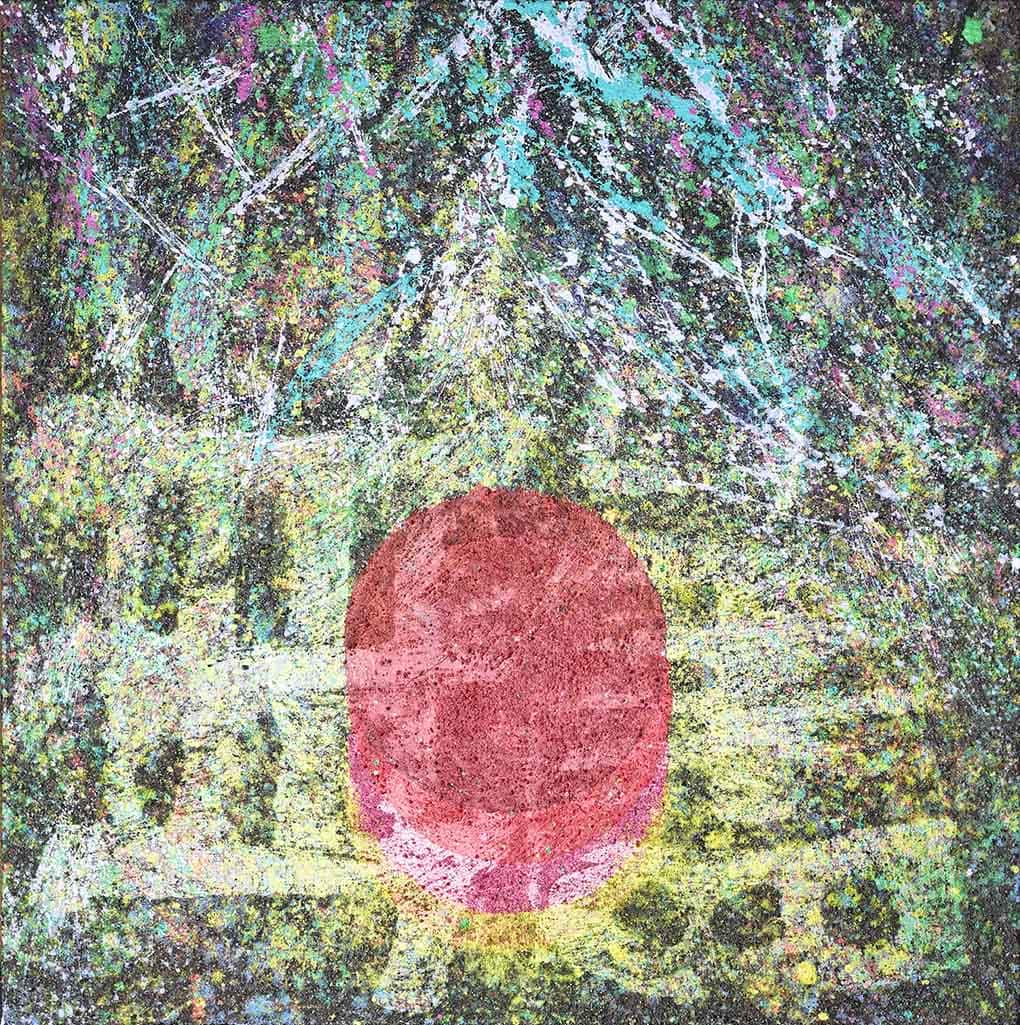
沈昌明_無罣礙_複合媒材、畫布_ 65x65cm_2023_字
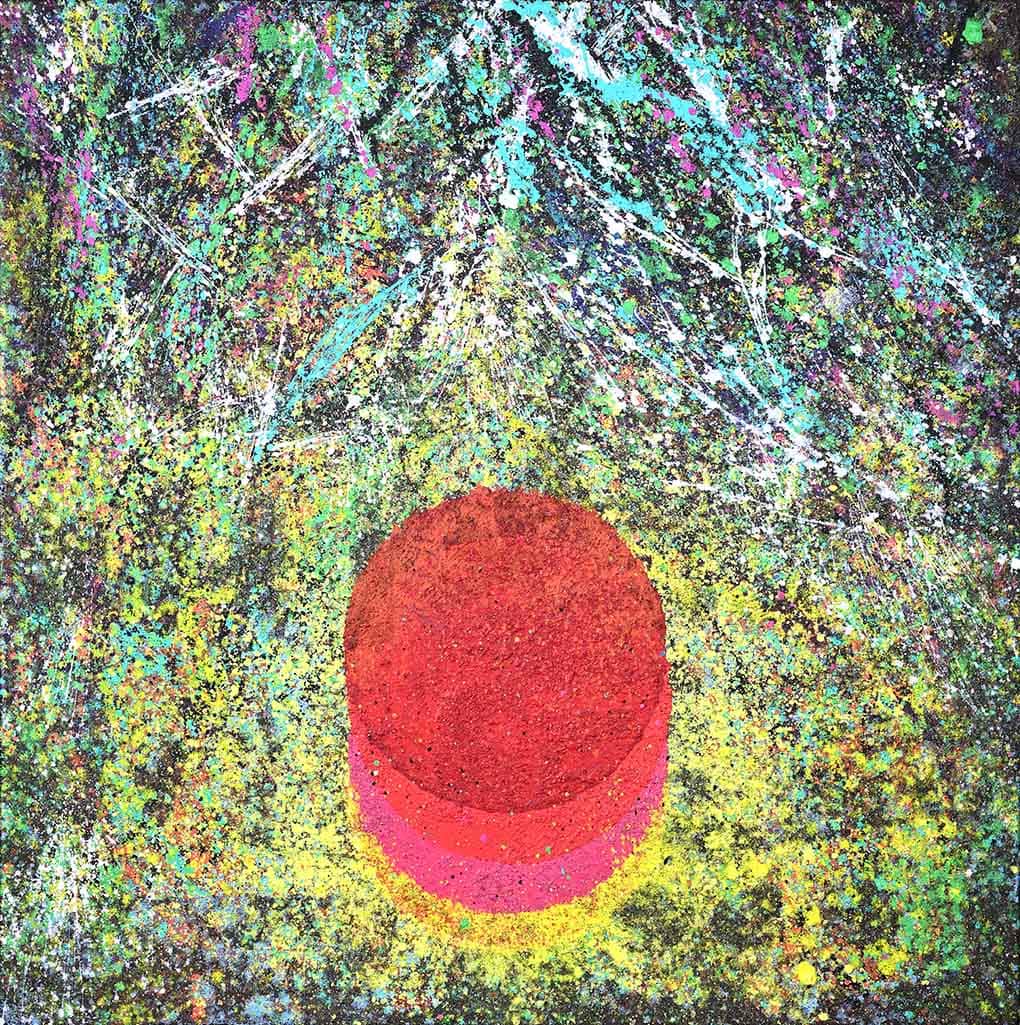
沈昌明_無罣礙_複合媒材、畫布_ 65x65cm_2023
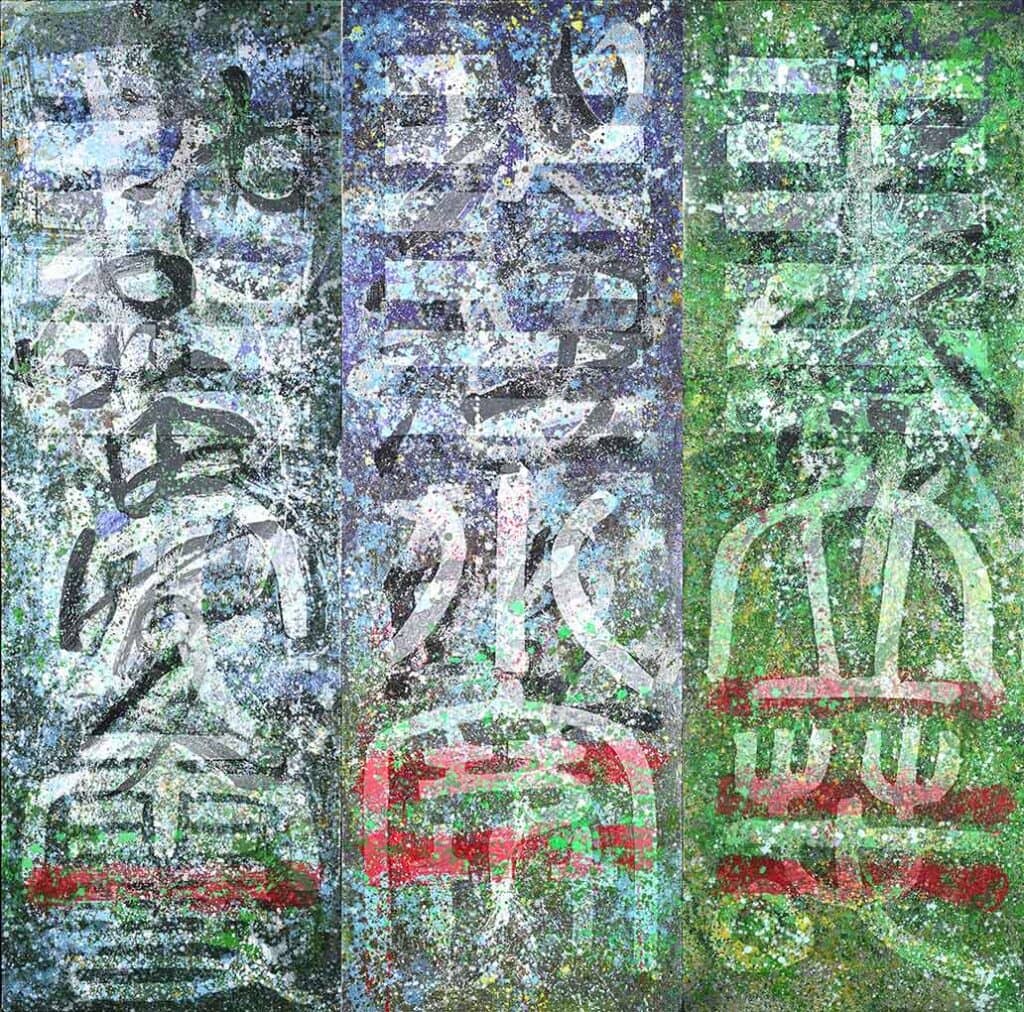
沈昌明_ 12辟卦-復卦、臨卦、泰卦_複合媒材、畫布_ 60×180 cm(單件尺寸)_2023_字

沈昌明_道之陰陽_複合媒材、畫布_ 180x540cm(三聯幅)_2023_字

沈昌明_道之陰陽_複合媒材、畫布_ 180x540cm(三聯幅)_2023
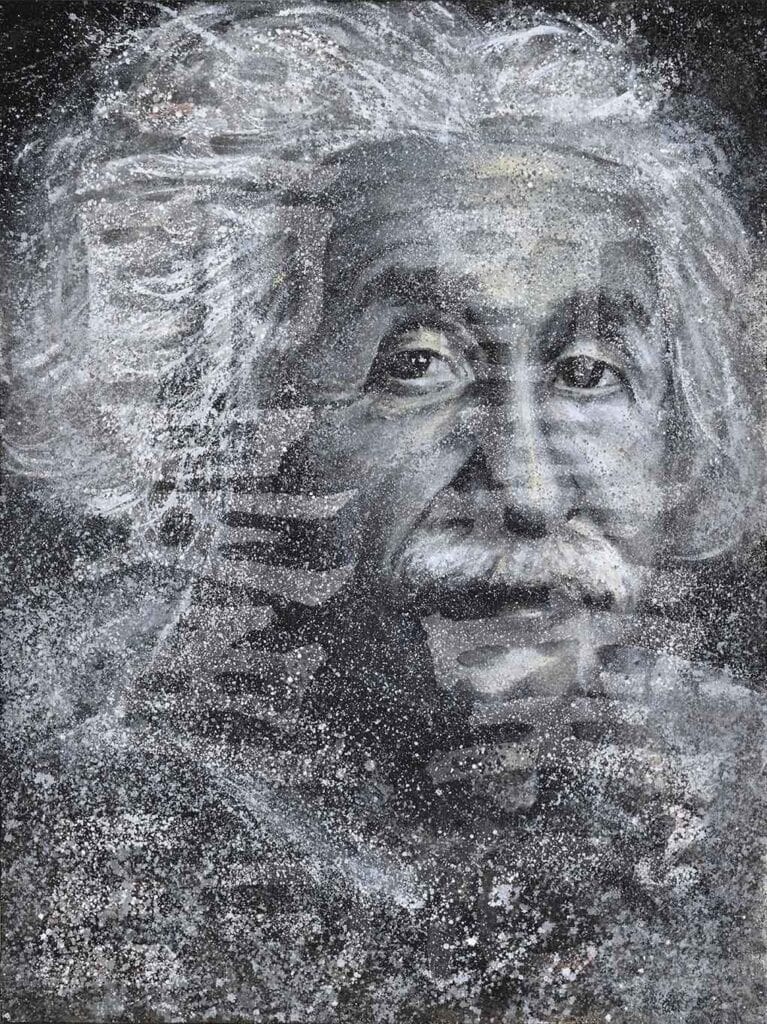
沈昌明_愛因斯坦_複合媒材、畫布_ 90×120 cm_2023_字
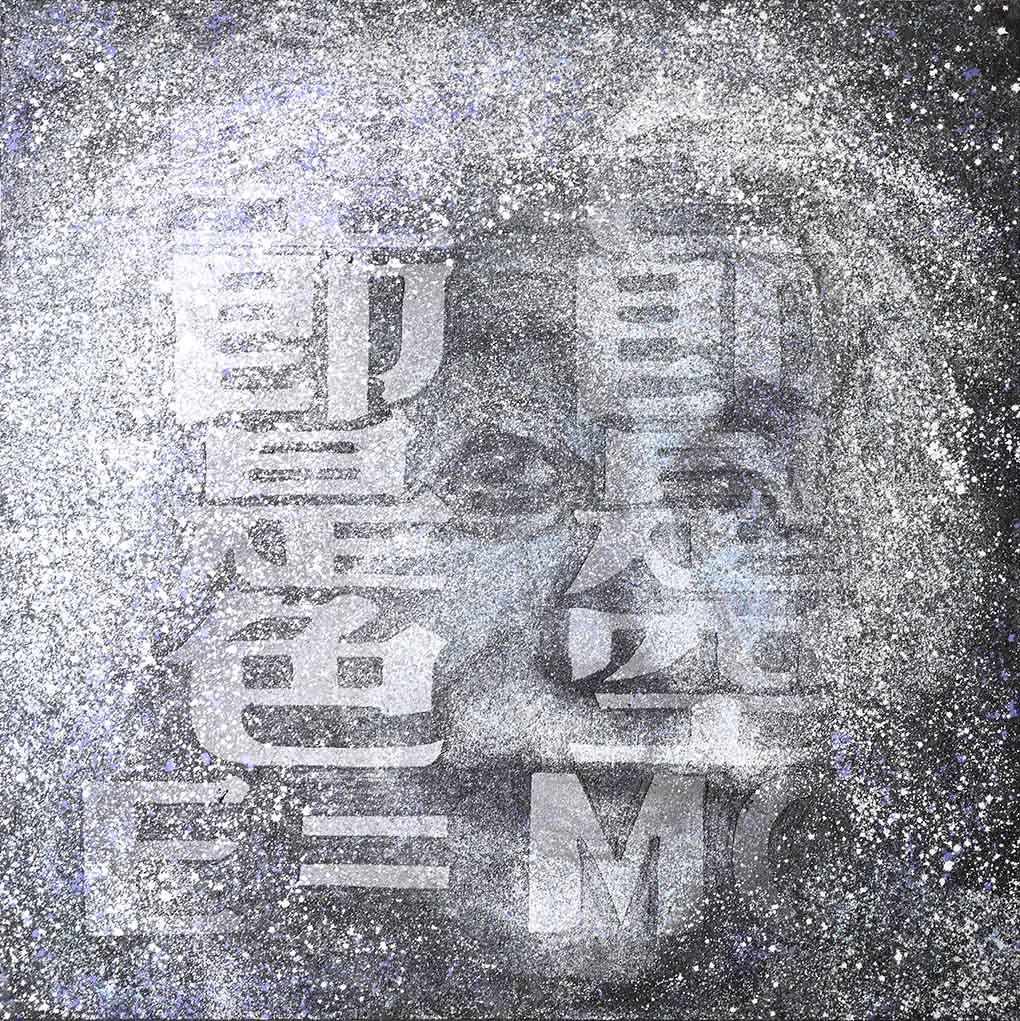
沈昌明_愛因斯坦_複合媒材、畫布_ 180×180 cm_2023_字
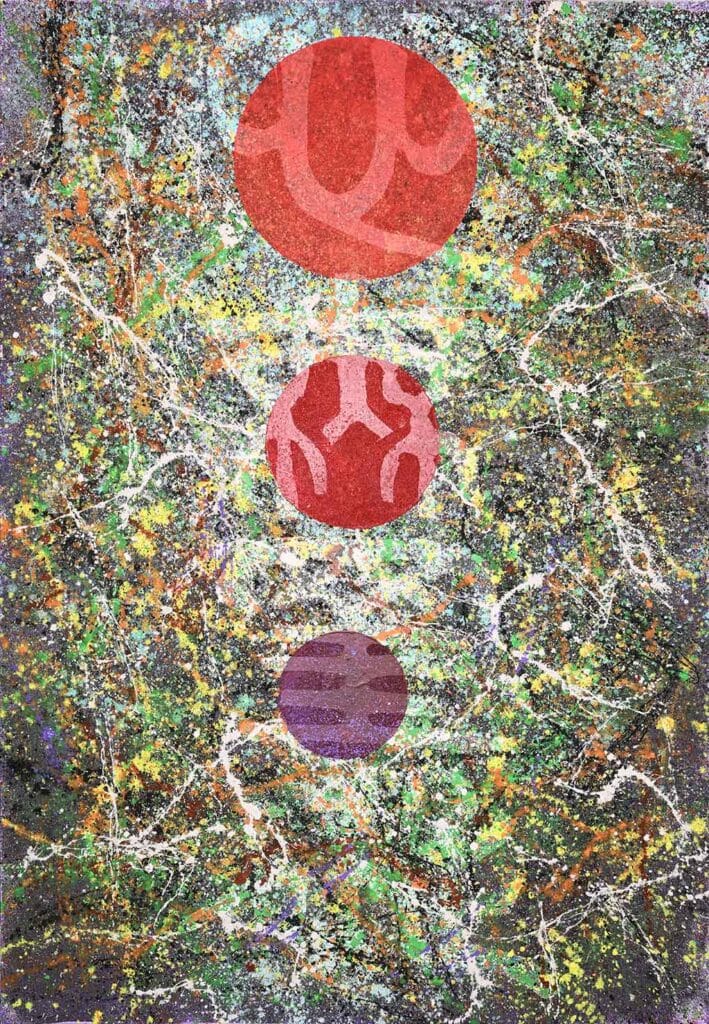
沈昌明_心無罣礙_複合媒材、畫布_ 112×163 cm_2023_字
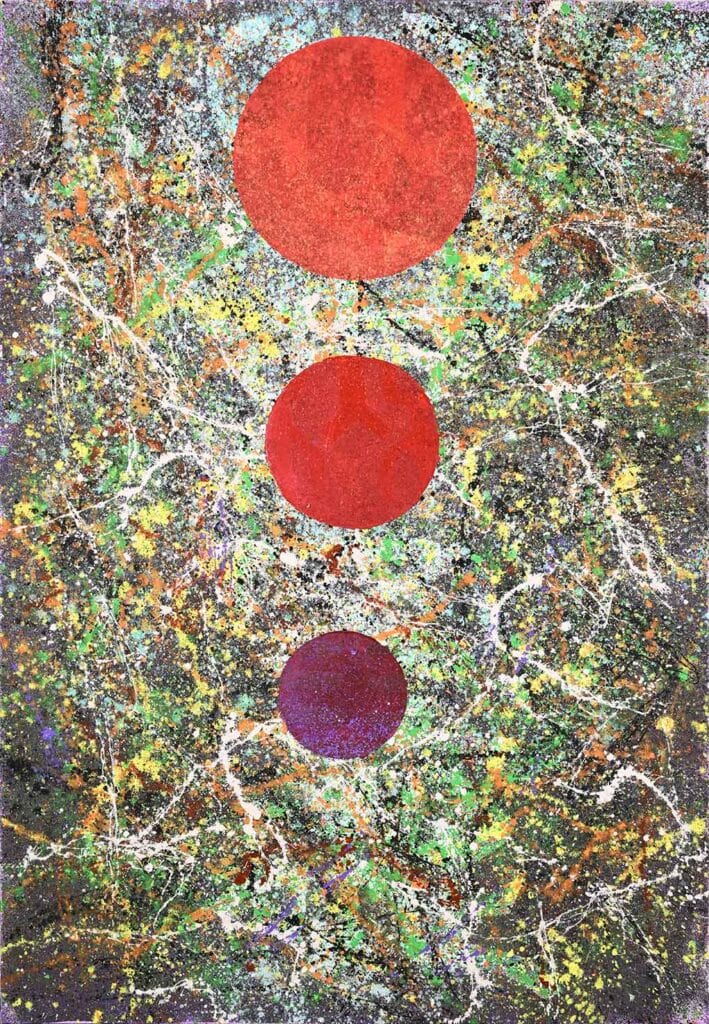
沈昌明_心無罣礙_複合媒材、畫布_ 112×163 cm_2023
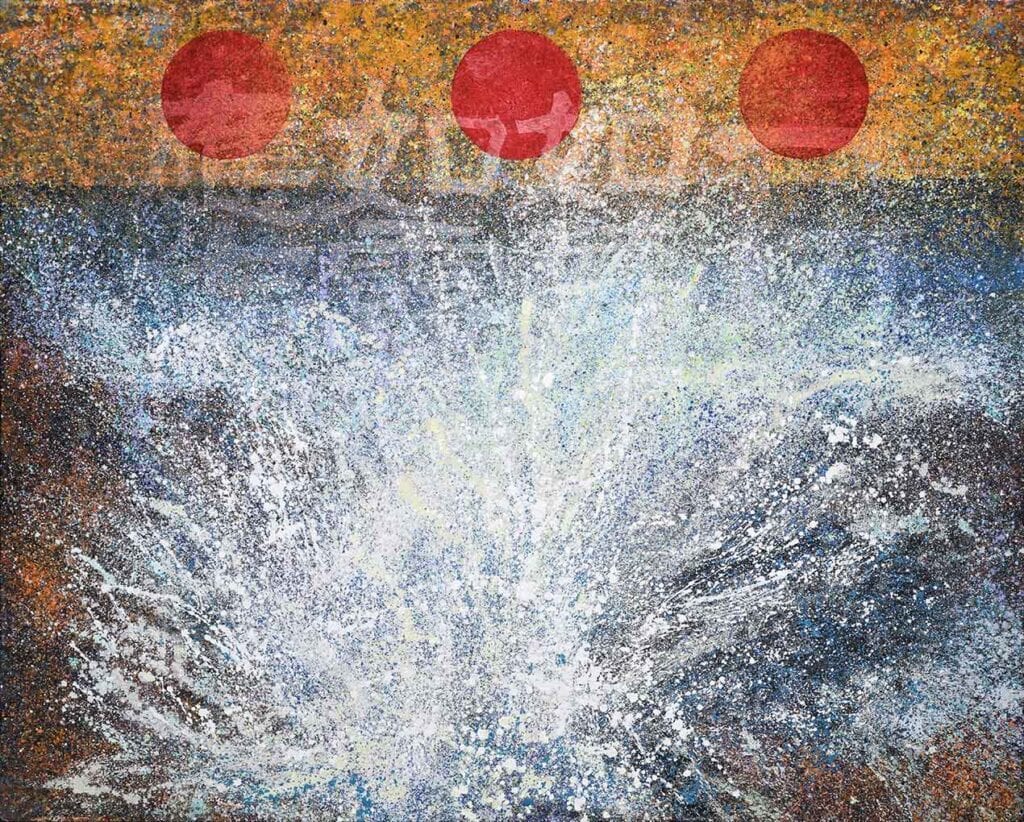
沈昌明_海浪_複合媒材、畫布_ 130×162 cm_2023_字
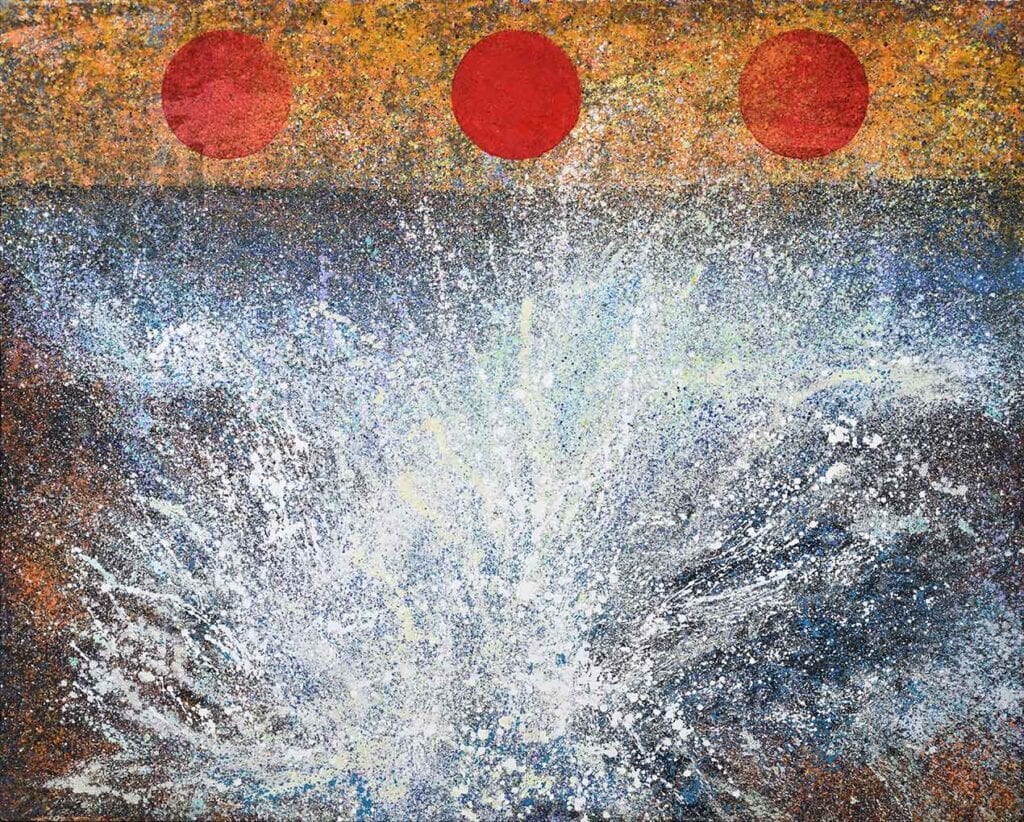
沈昌明_海浪_複合媒材、畫布_ 130×162 cm_2023
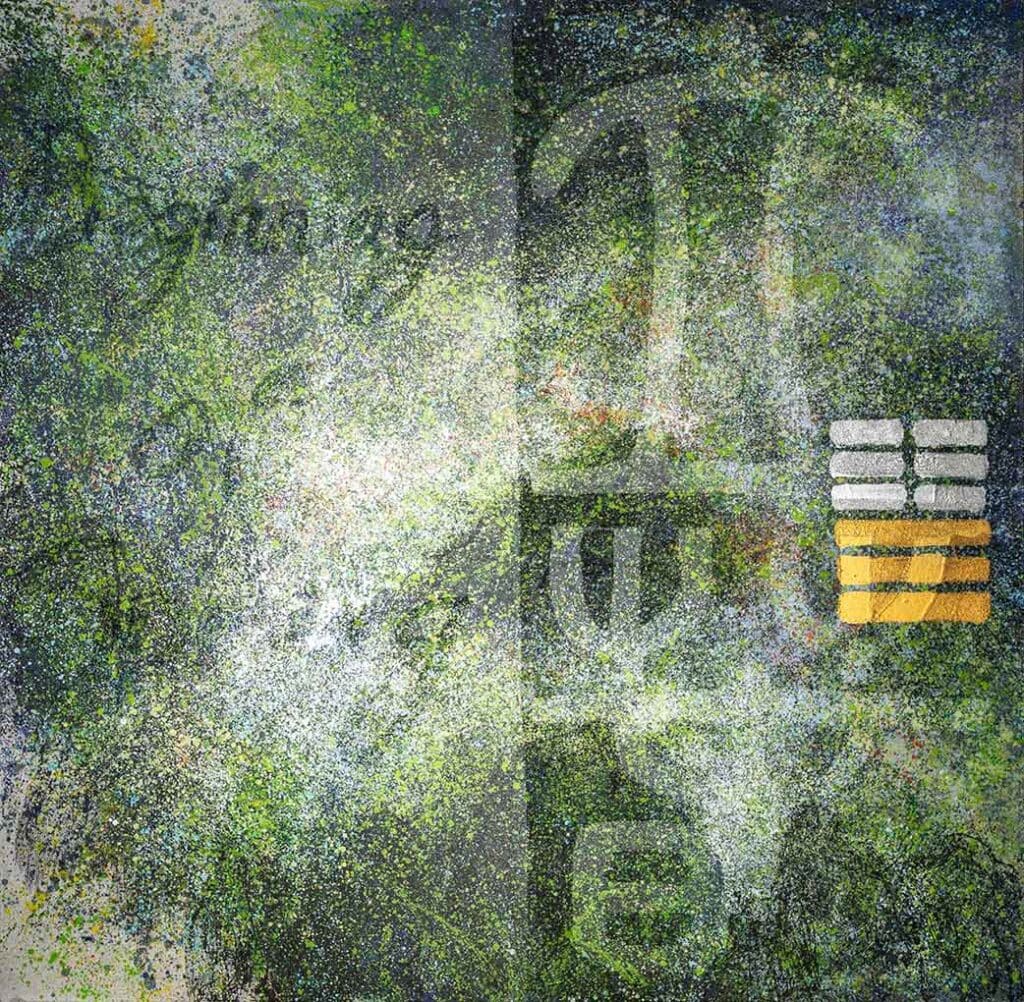
沈昌明_立春_複合媒材、畫布_200x200 cm_2023_字
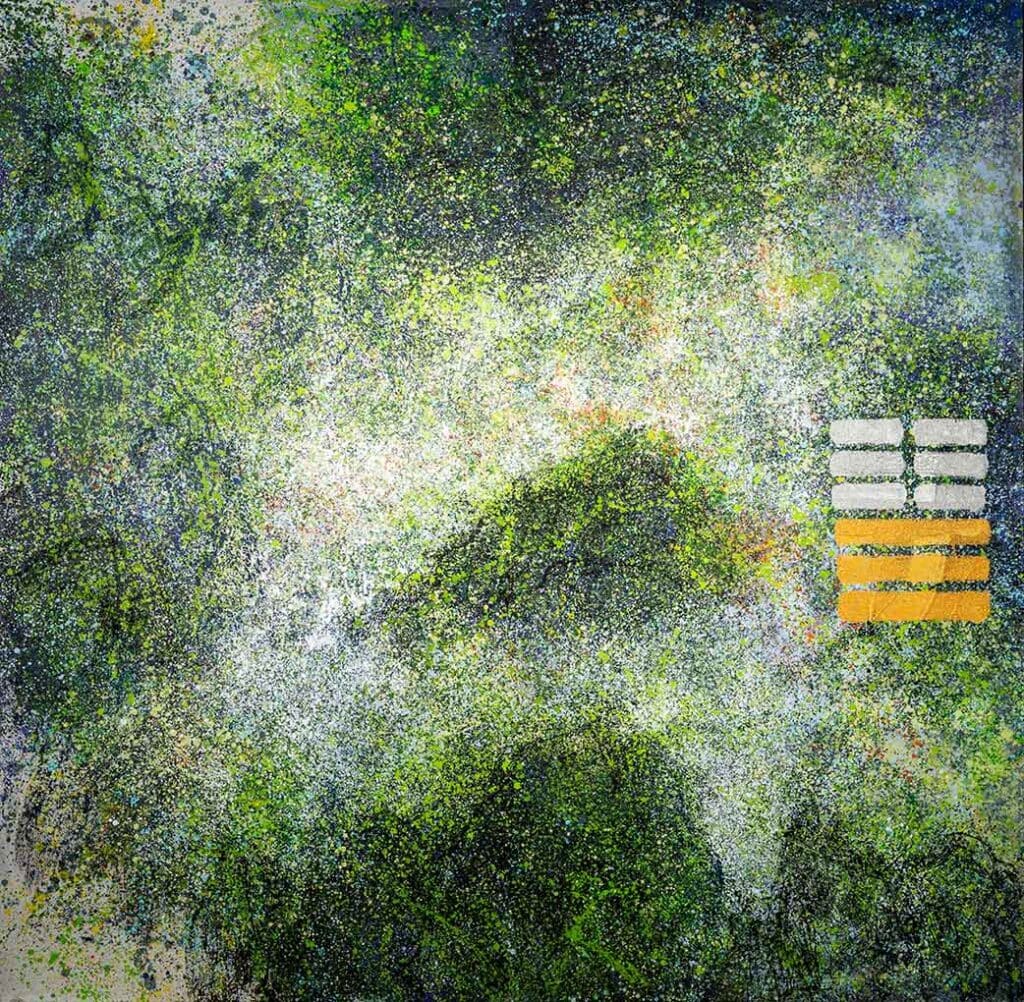
沈昌明_立春_複合媒材、畫布_200x200 cm_2023
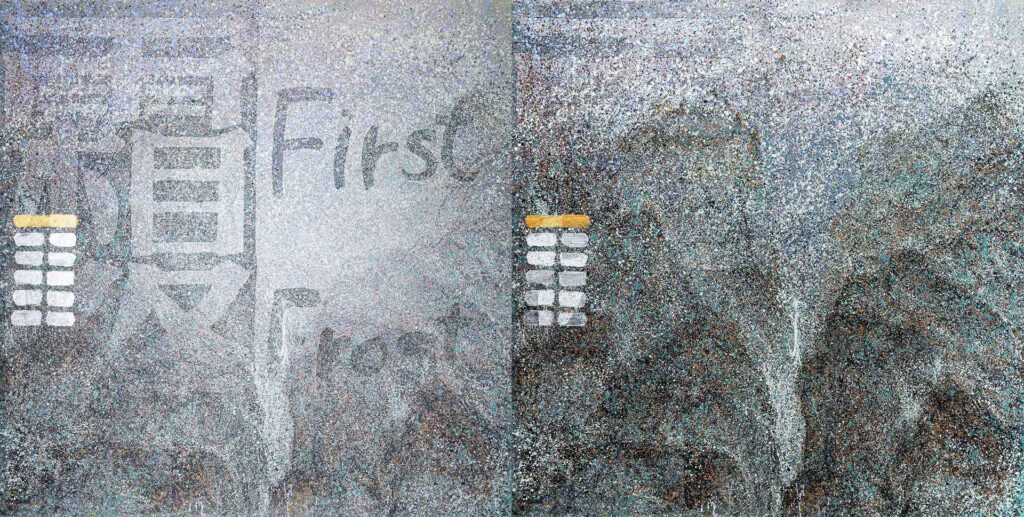
沈昌明_霜降_複合媒材、畫布_ 200X200cm_2023_字
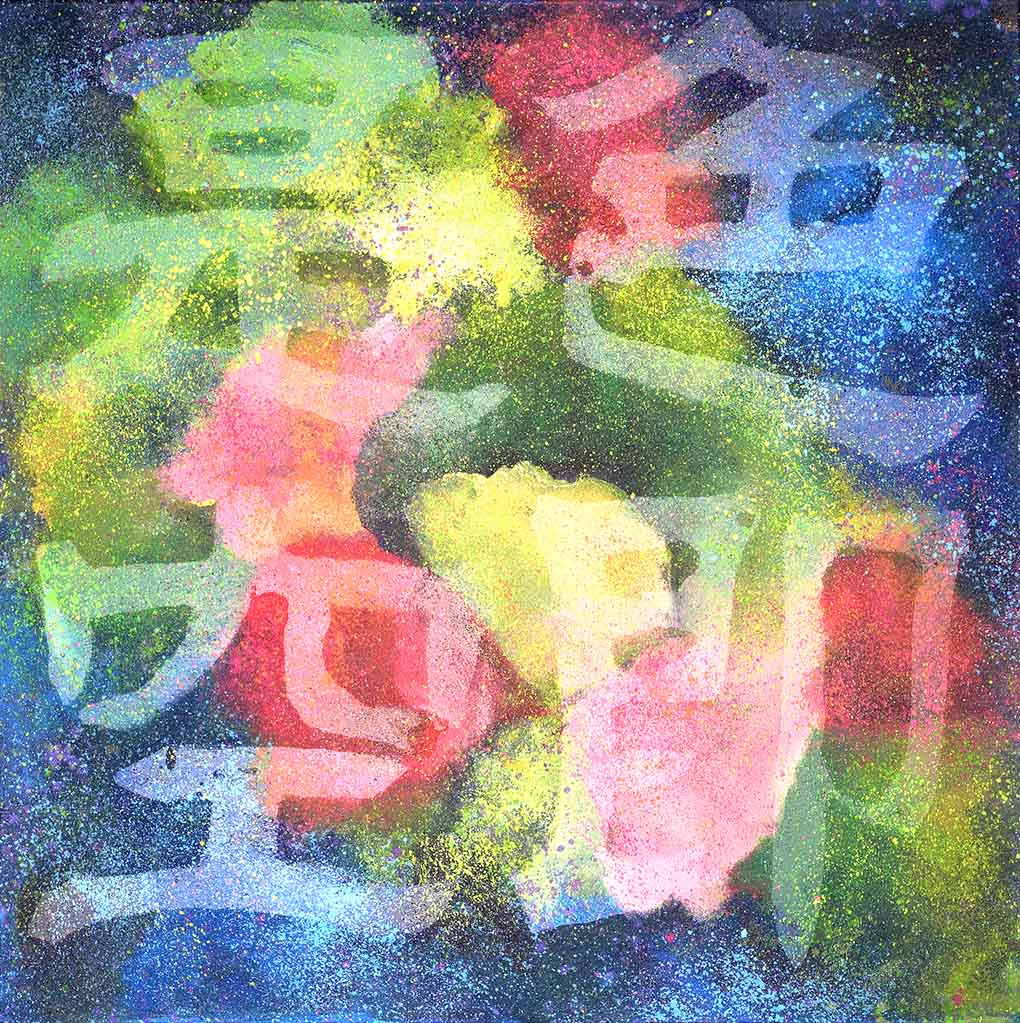
沈昌明_色即是空_複合媒材、畫布_ 100×100 cm_2023_字
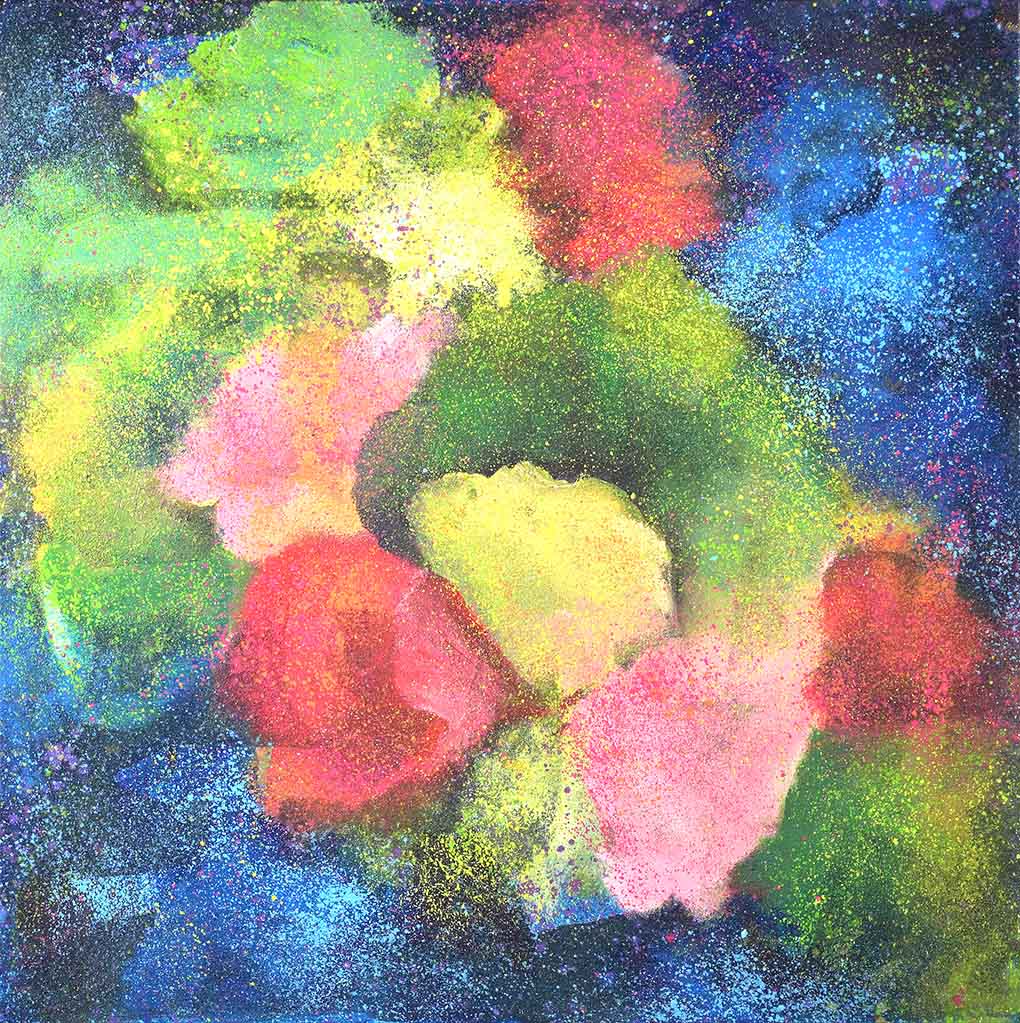
沈昌明_色即是空_複合媒材、畫布_ 100×100 cm_2023
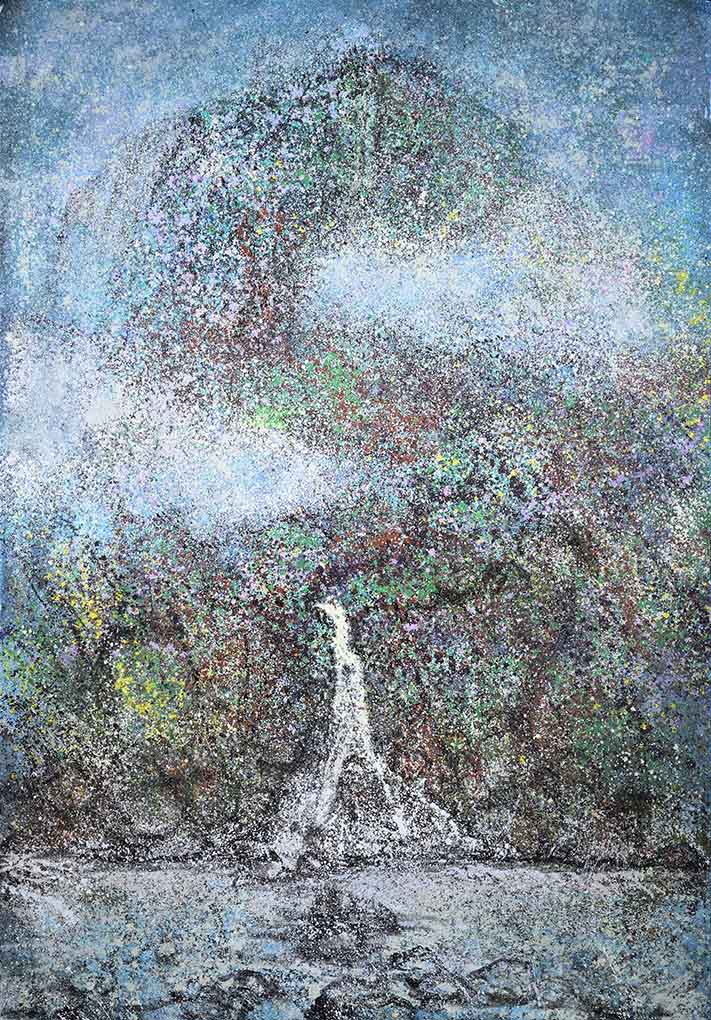
沈昌明_上善若水_複合媒材、畫布_ 112×163 cm_2023
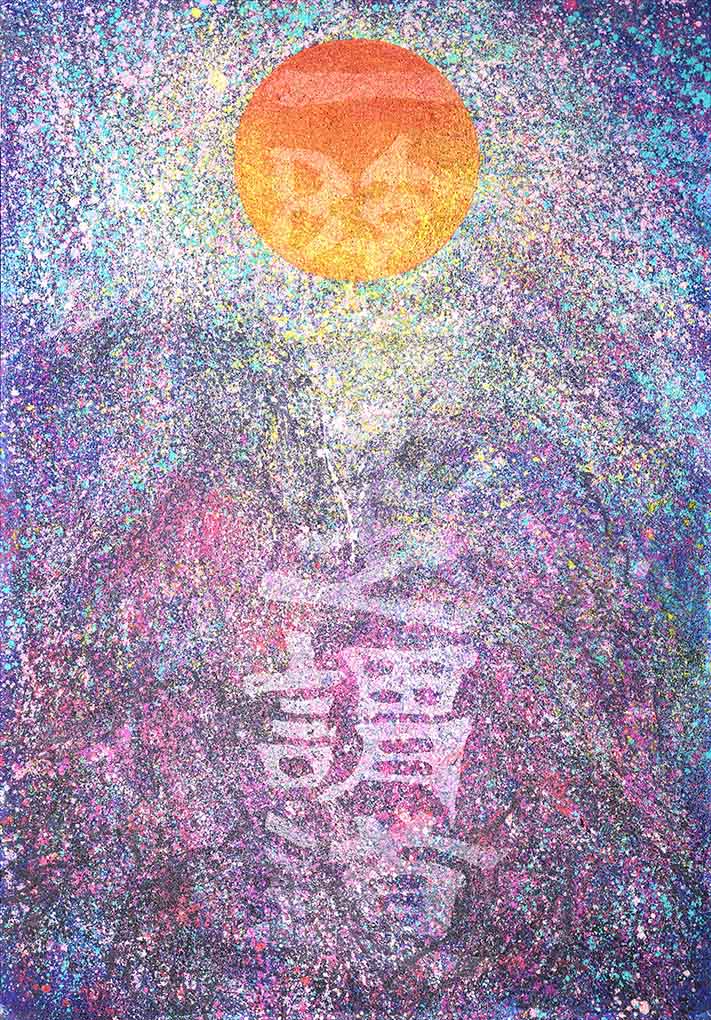
沈昌明_一陰一陽之謂道_複合媒材、畫布_ 116x162cm_2023_字
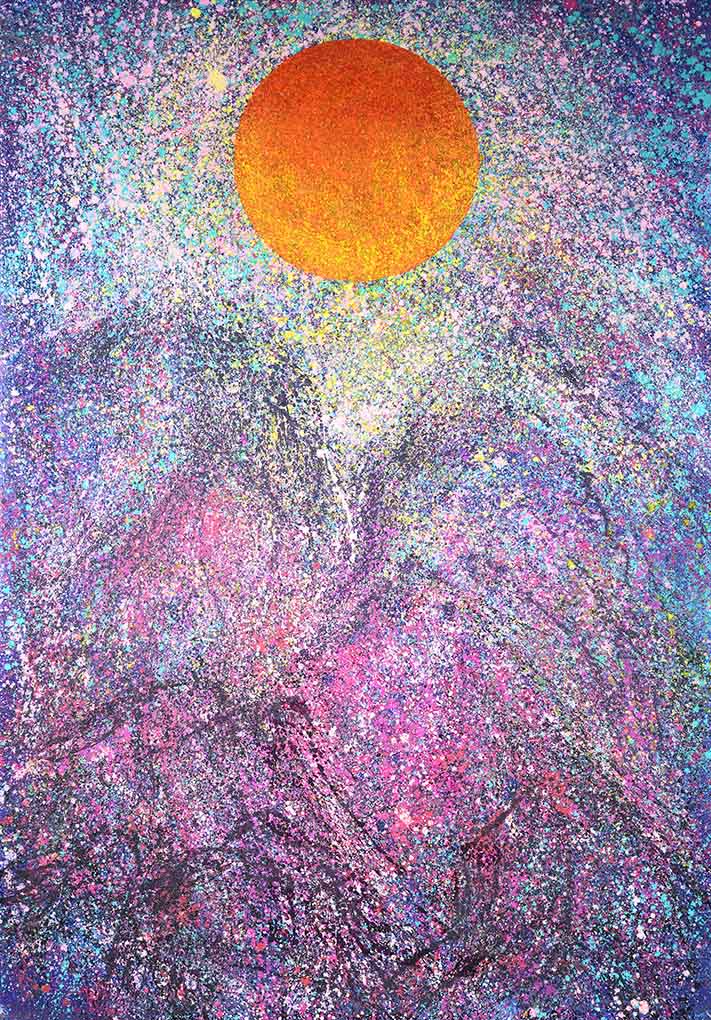
沈昌明_一陰一陽之謂道_複合媒材、畫布_ 116x162cm_2023
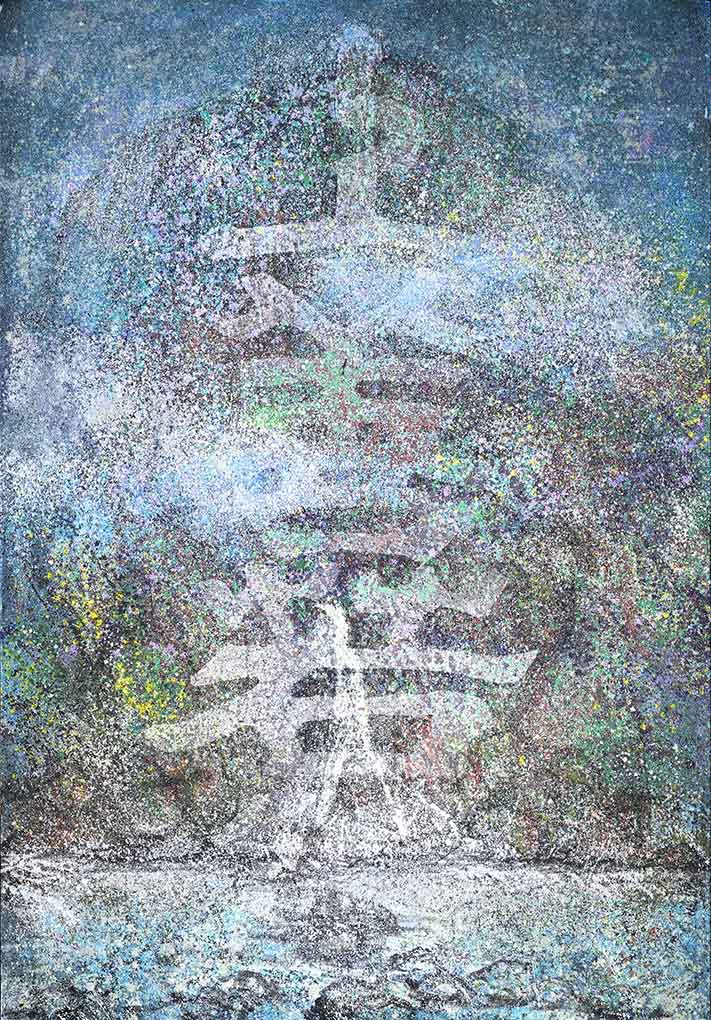
沈昌明_上善若水_複合媒材、畫布_ 112×163 cm_2023_字

沈昌明_道NO2_複合媒材、畫布_ 150x450cm_2021
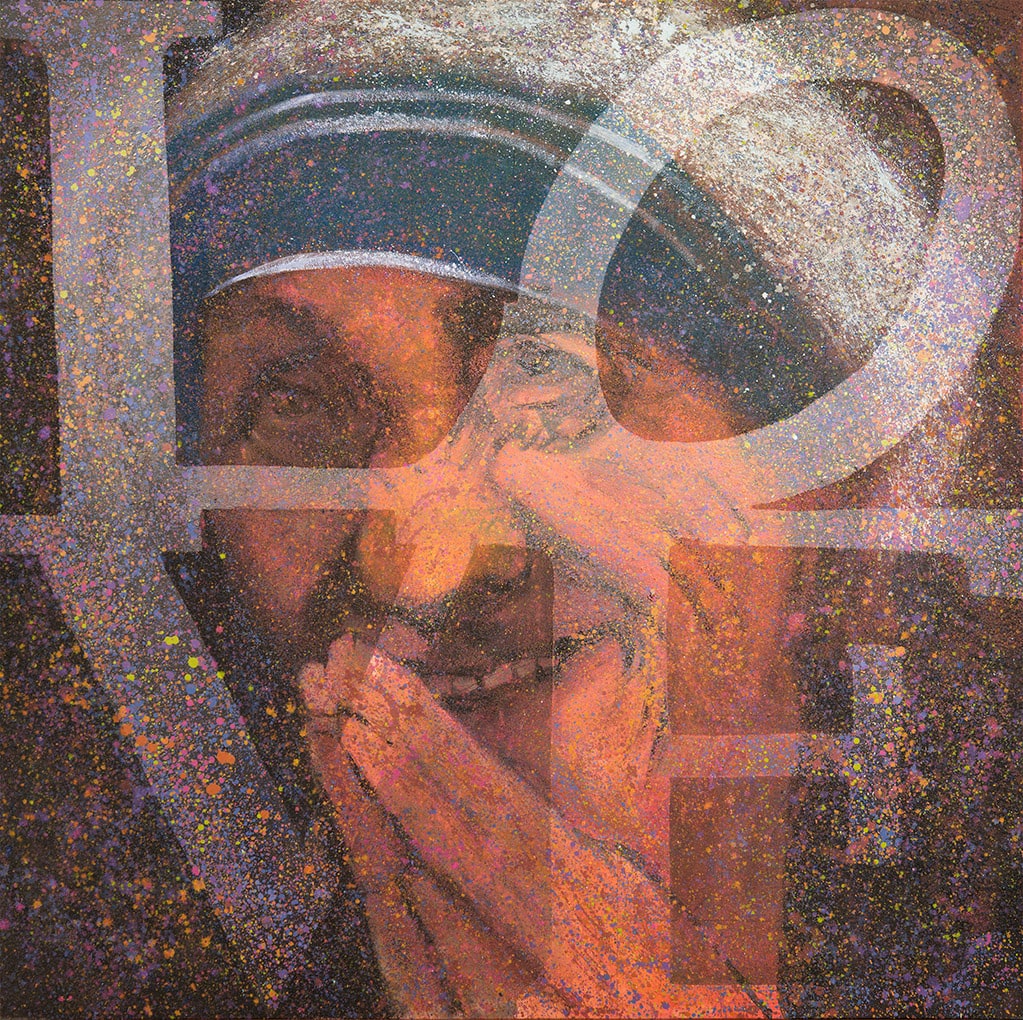
沈昌明_愛_複合媒材、畫布_ 150X150cm_2020_字
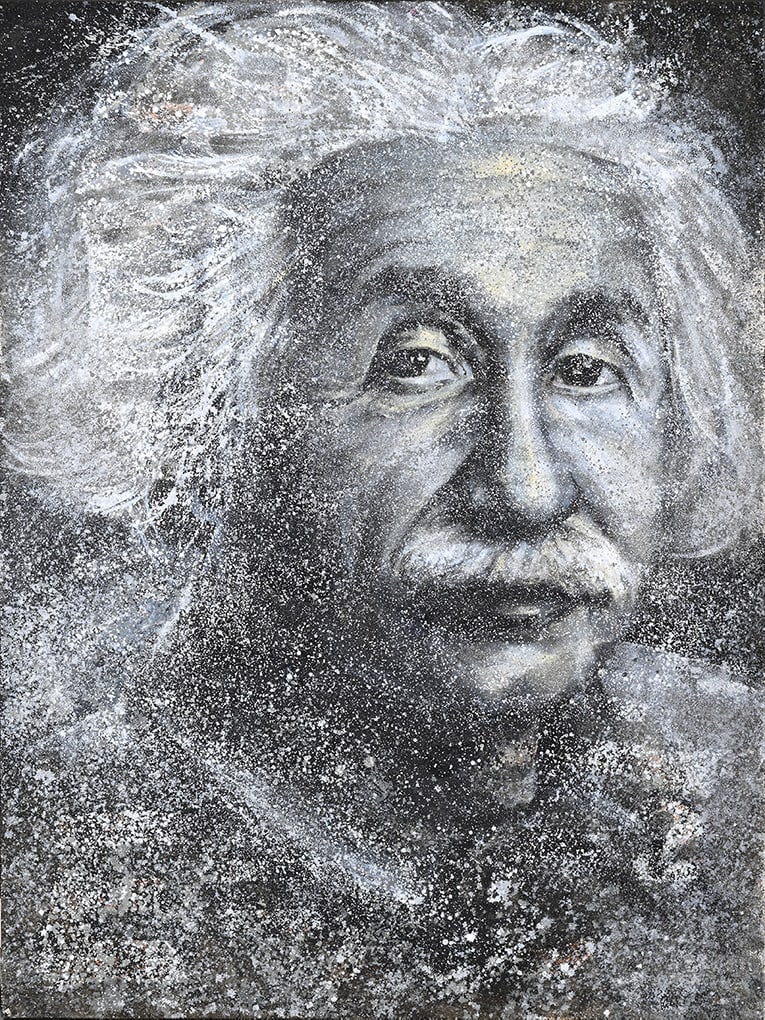
沈昌明_愛因斯坦_複合媒材、畫布_ 90×120 cm_2023
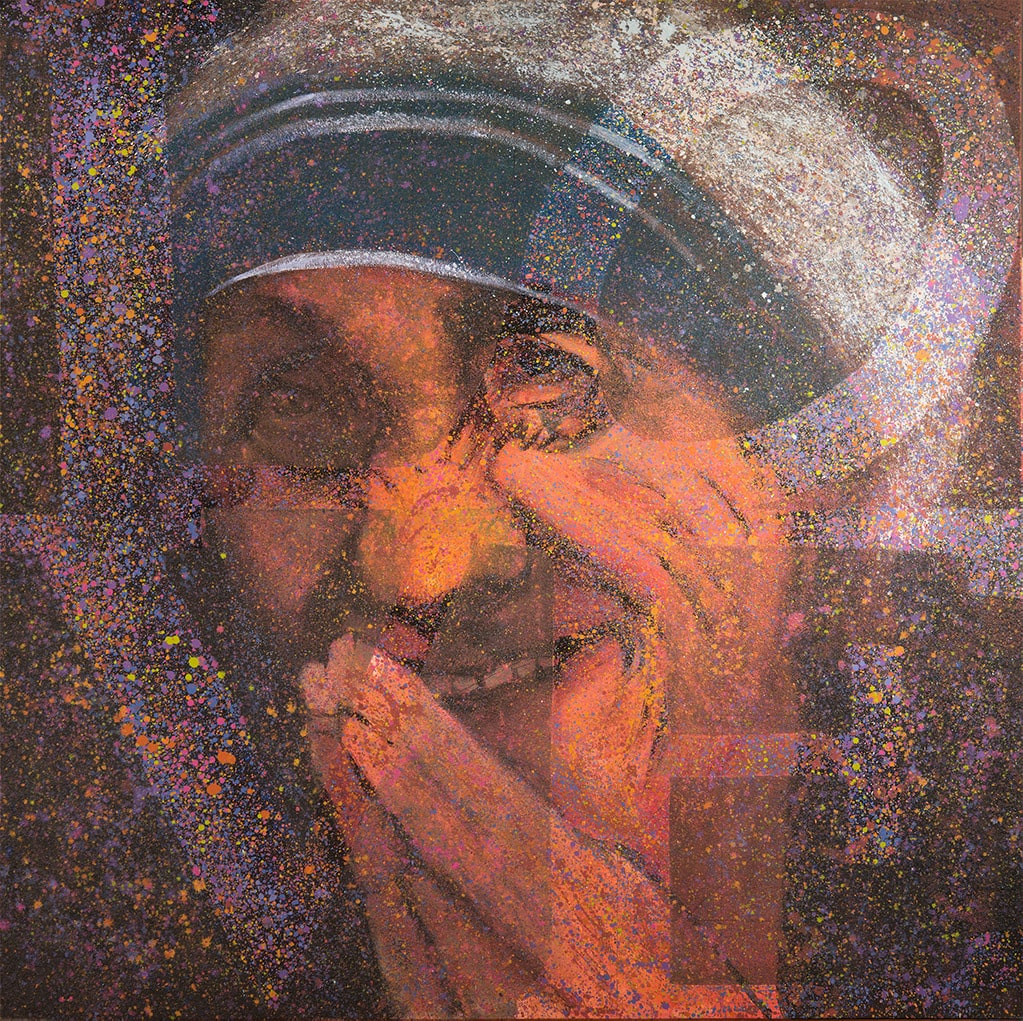
沈昌明_愛_複合媒材、畫布_ 150X150cm_2020
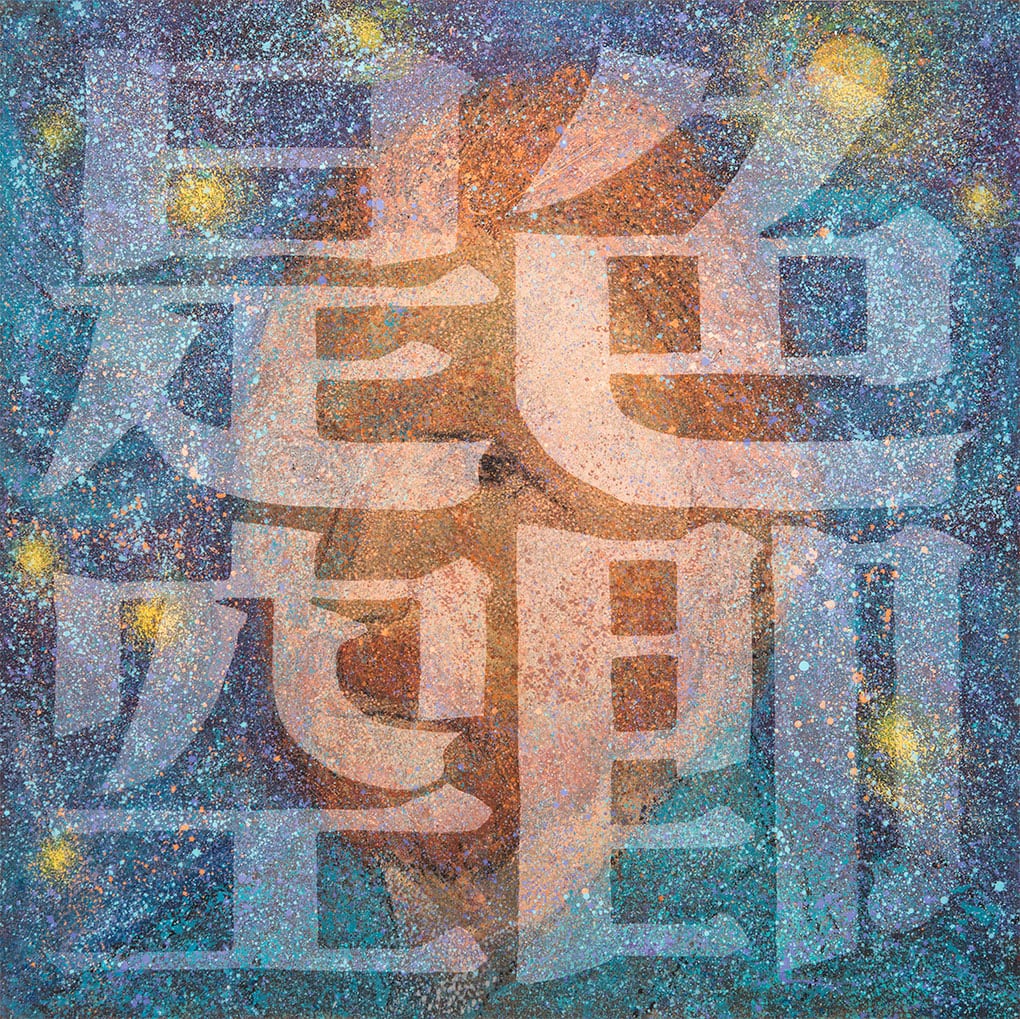
沈昌明_梵谷_複合媒材、畫布_180x180 cm_2023_字
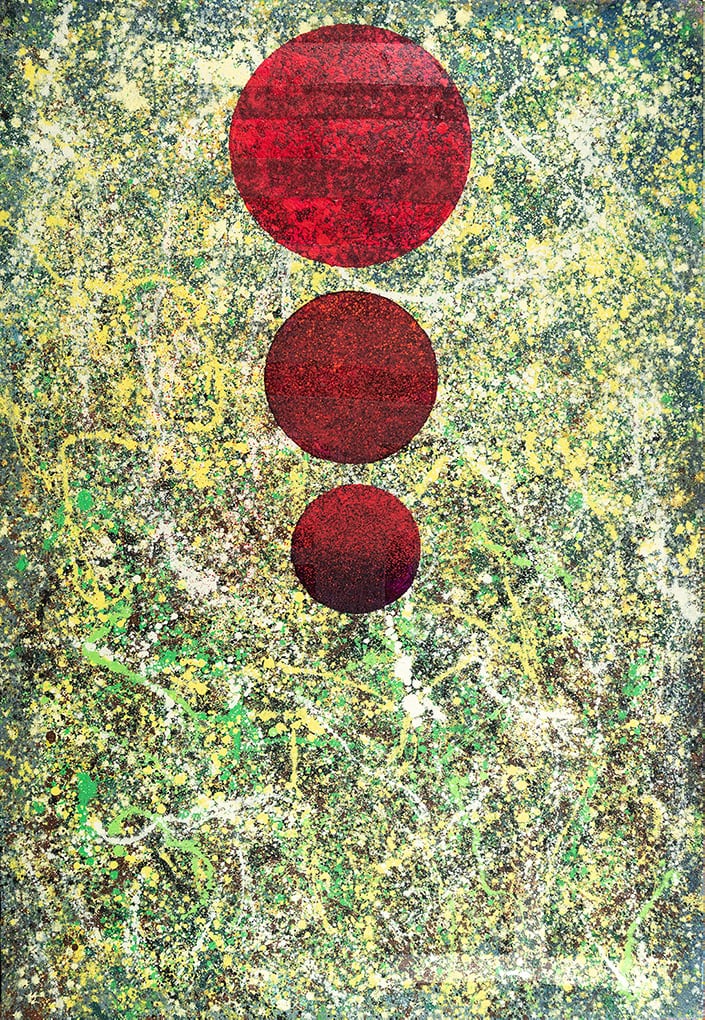
沈昌明_夏至_複合媒材、畫布_ 163x112cm_2023_字
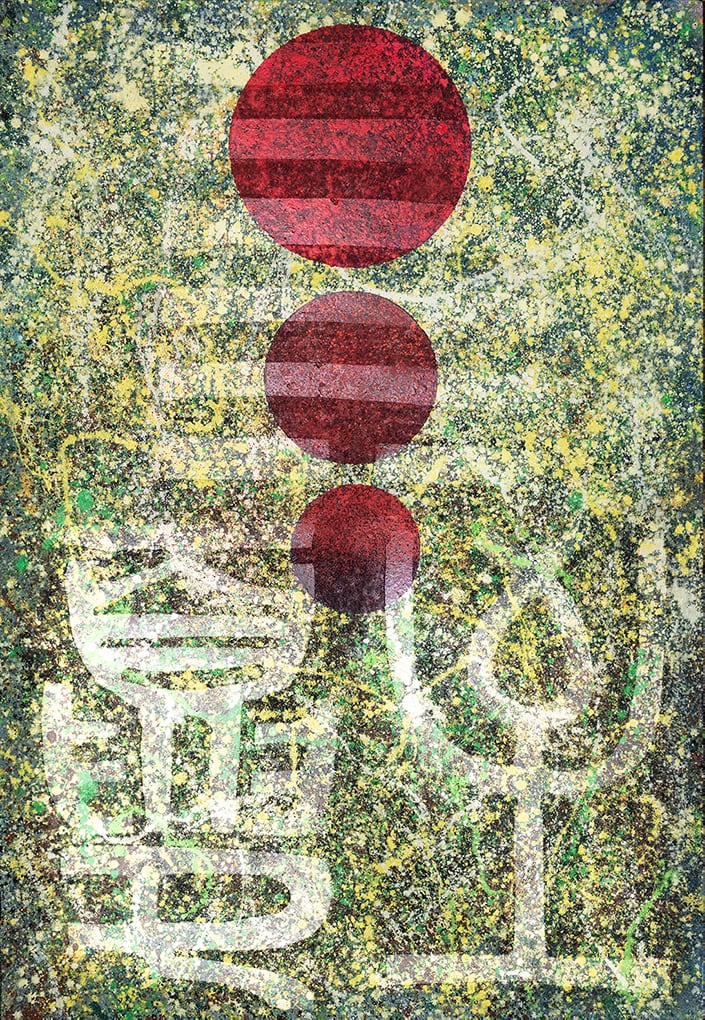
沈昌明_夏至_複合媒材、畫布_ 163x112cm_2023
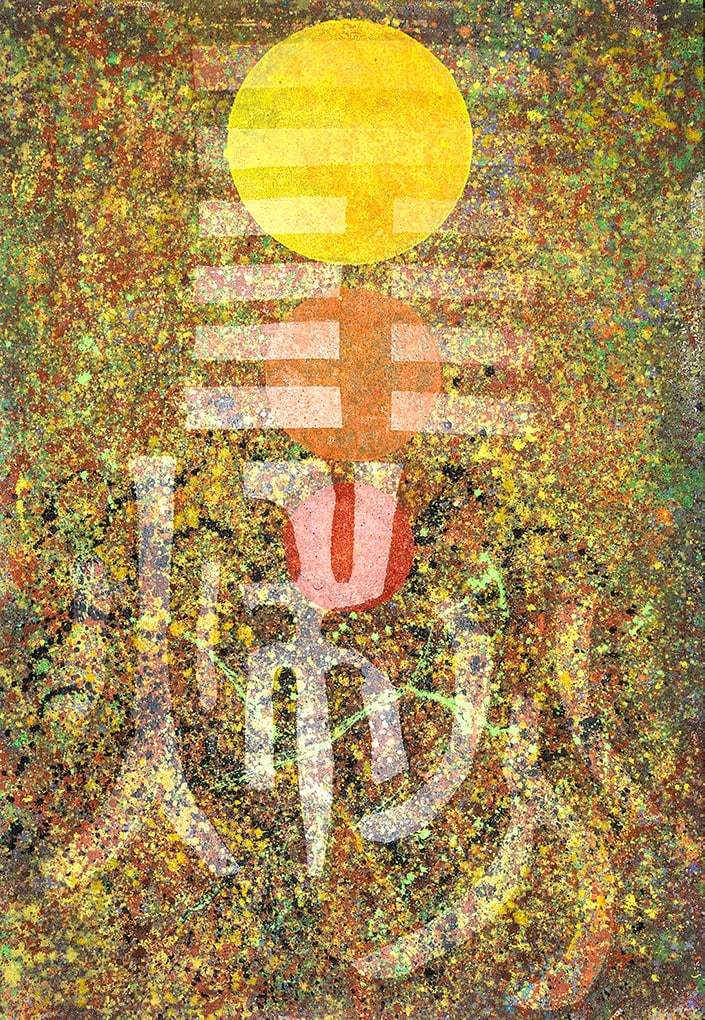
沈昌明_秋分_複合媒材、畫布_ 163x112cm_2023_字
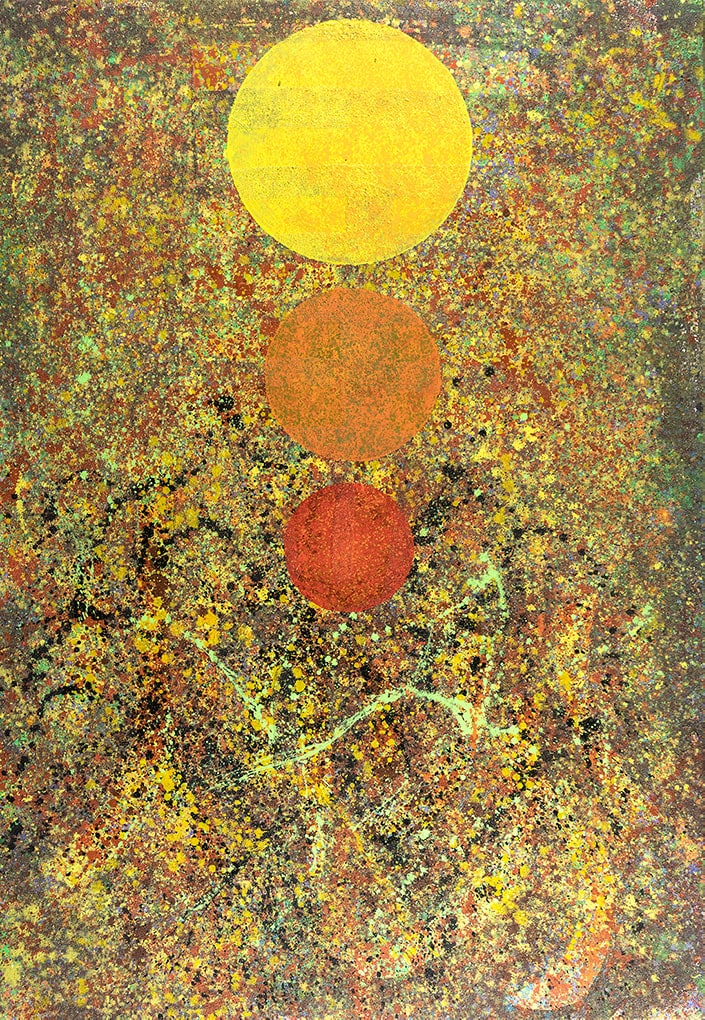
沈昌明_秋分_複合媒材、畫布_ 163x112cm_2023
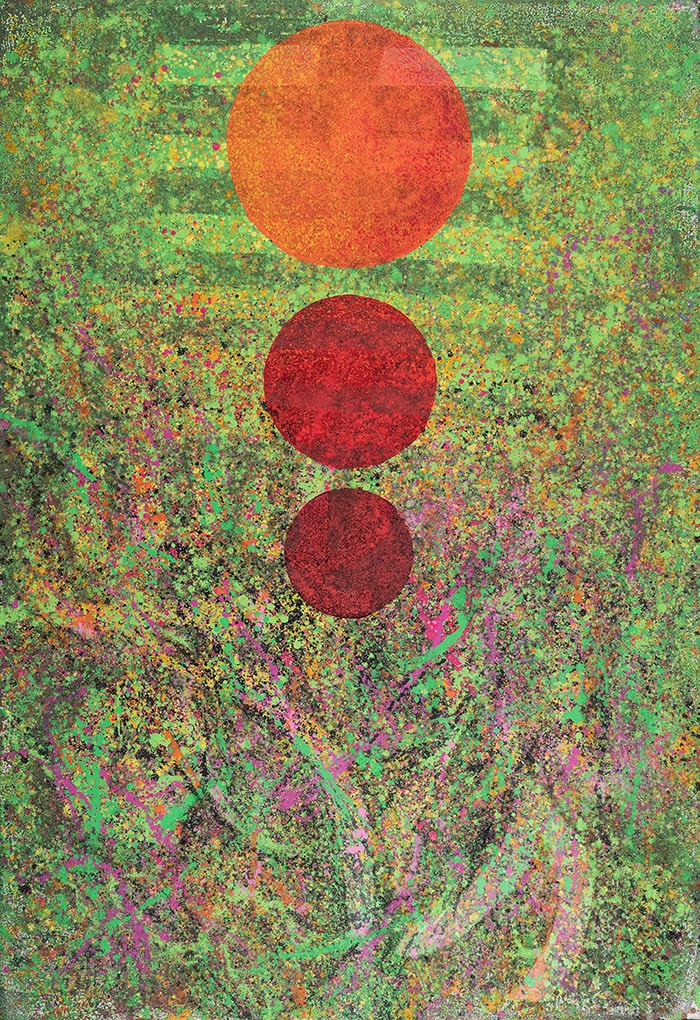
沈昌明_春分_複合媒材、畫布_ 163x112cm_2023_字
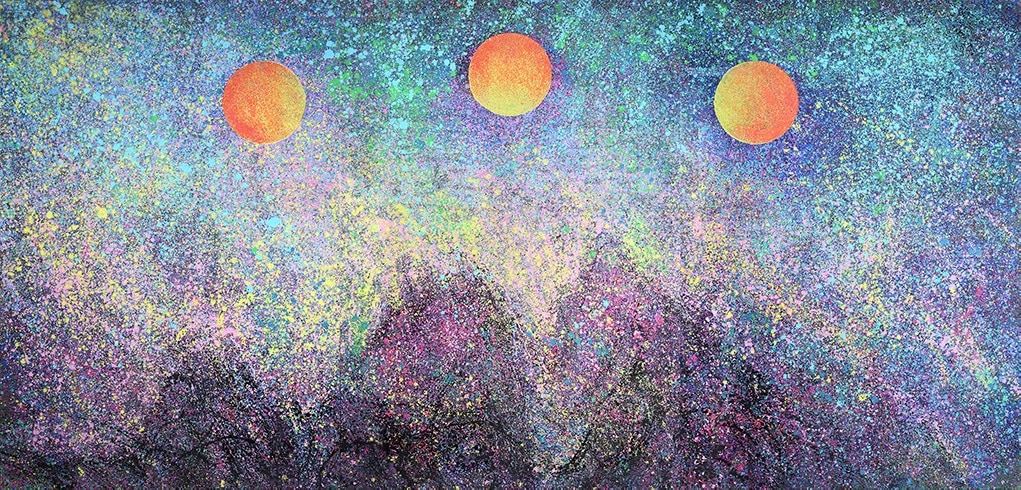
沈昌明_天行健_複合媒材、畫布_ 348X162cm_2023
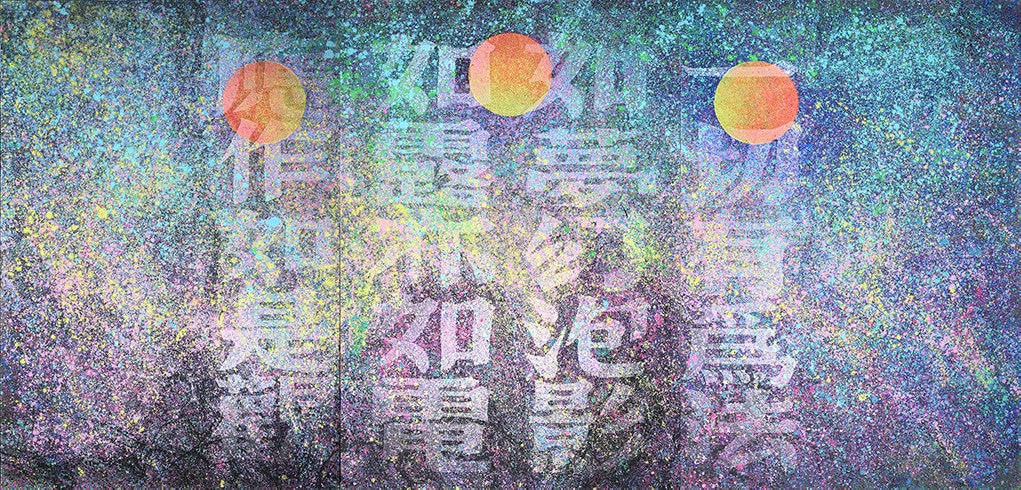
沈昌明_天行健_複合媒材、畫布_ 348X162cm_2023_字
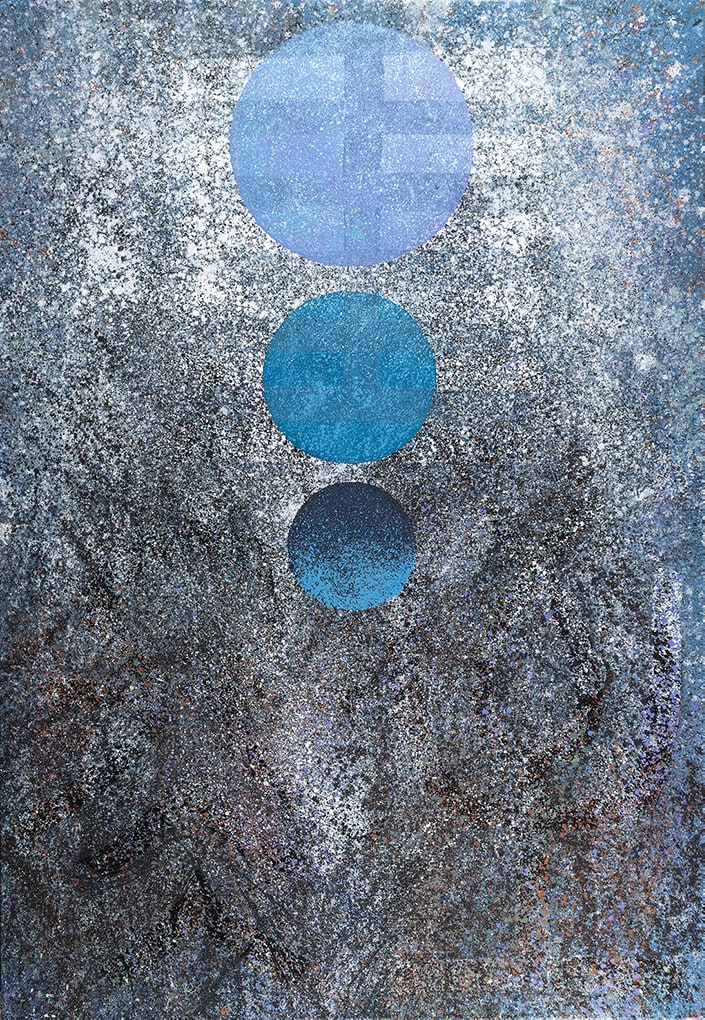
沈昌明_冬至_複合媒材、畫布_ 163x112cm_2023

沈昌明_道NO2_複合媒材、畫布_ 150x450cm_2021_字
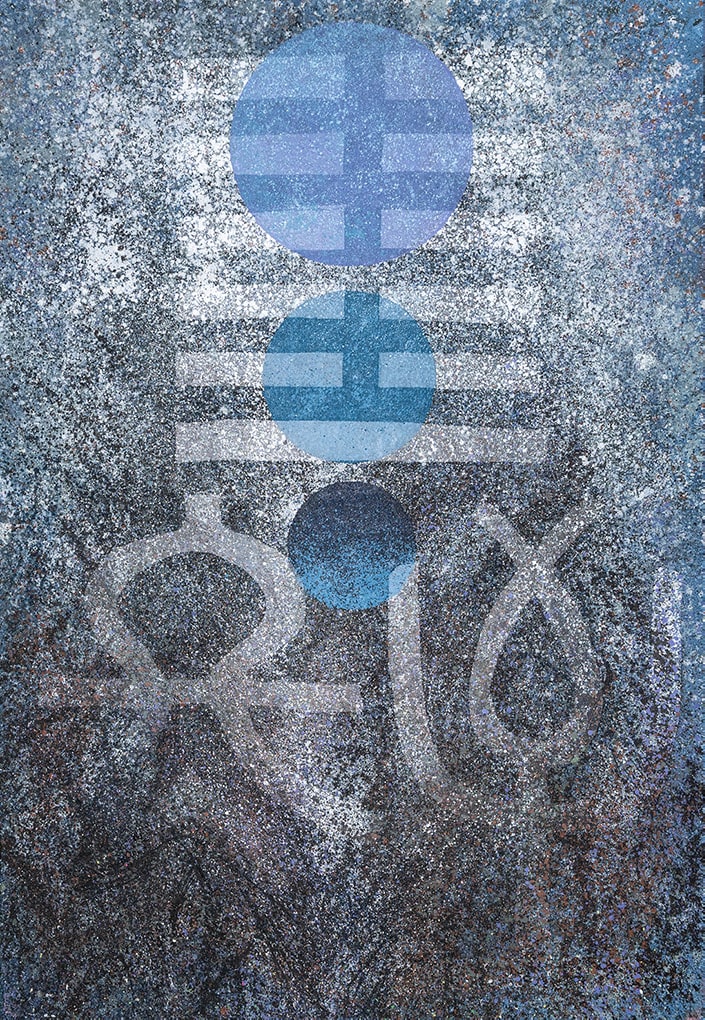
沈昌明_冬至_複合媒材、畫布_ 163x112cm_2023_字
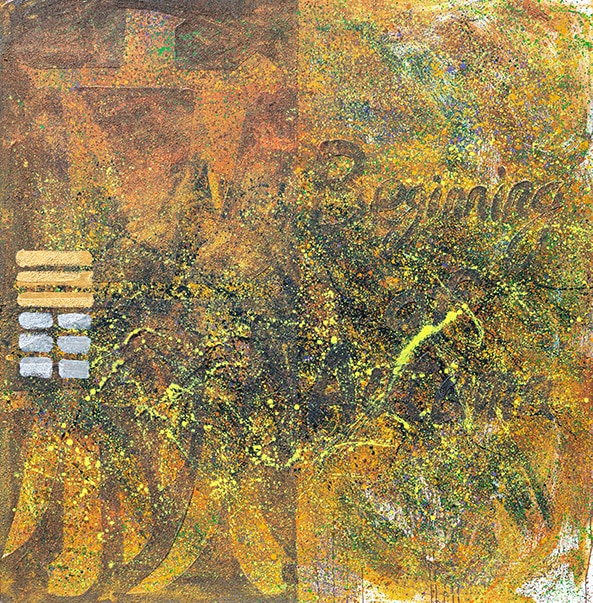
沈昌明_立秋_複合媒材、畫布_ 200X200cm_2023
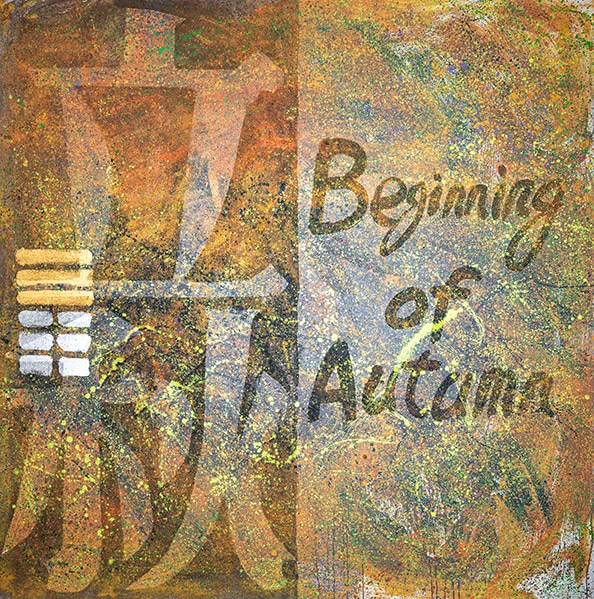
沈昌明_立秋_複合媒材、畫布_ 200X200cm_2023_字
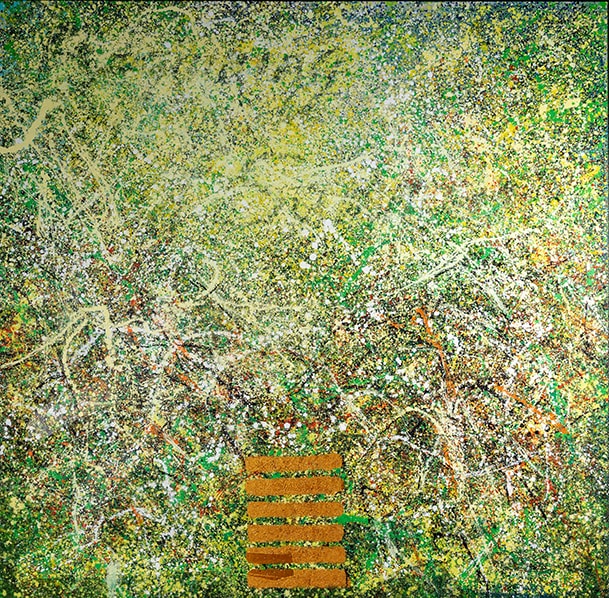
沈昌明_立夏_複合媒材、畫布_ 200X200cm_2023
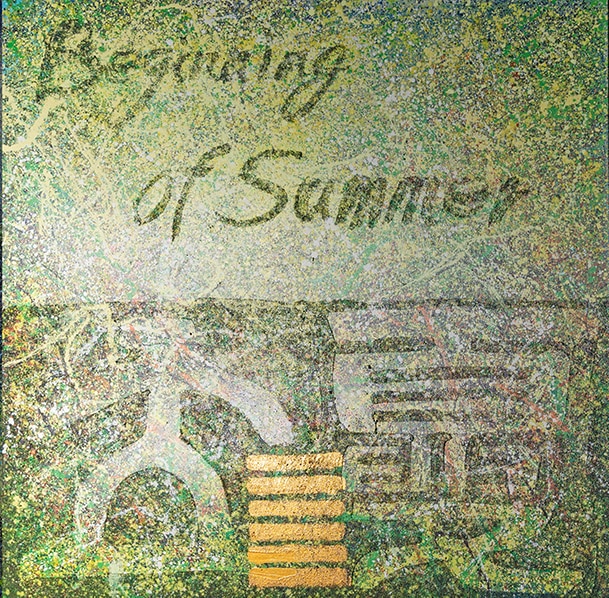
沈昌明_立夏_複合媒材、畫布_ 200X200cm_2023_字
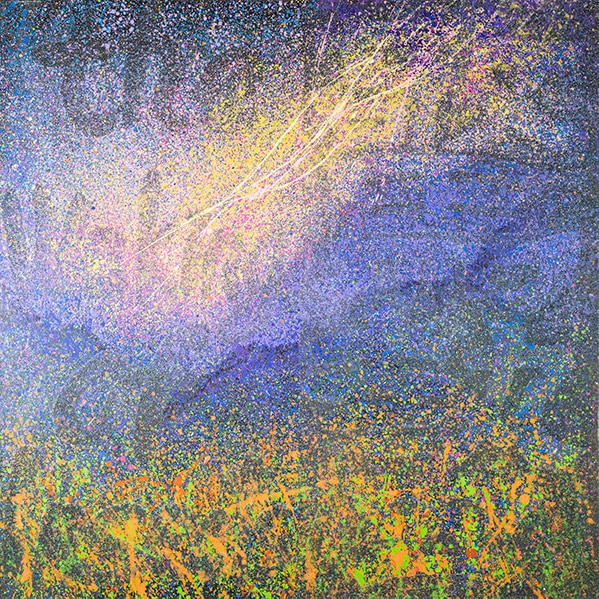
沈昌明_驚蜇_複合媒材、畫布_ 200X200cm_2023
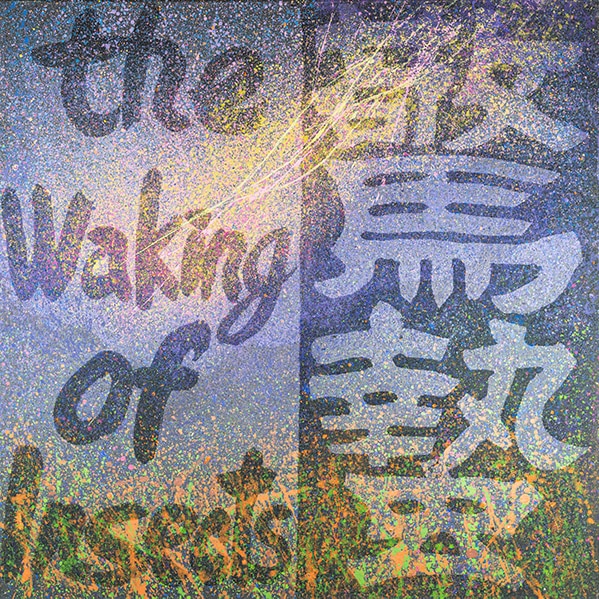
沈昌明_驚蜇_複合媒材、畫布_ 200X200cm_2023_字
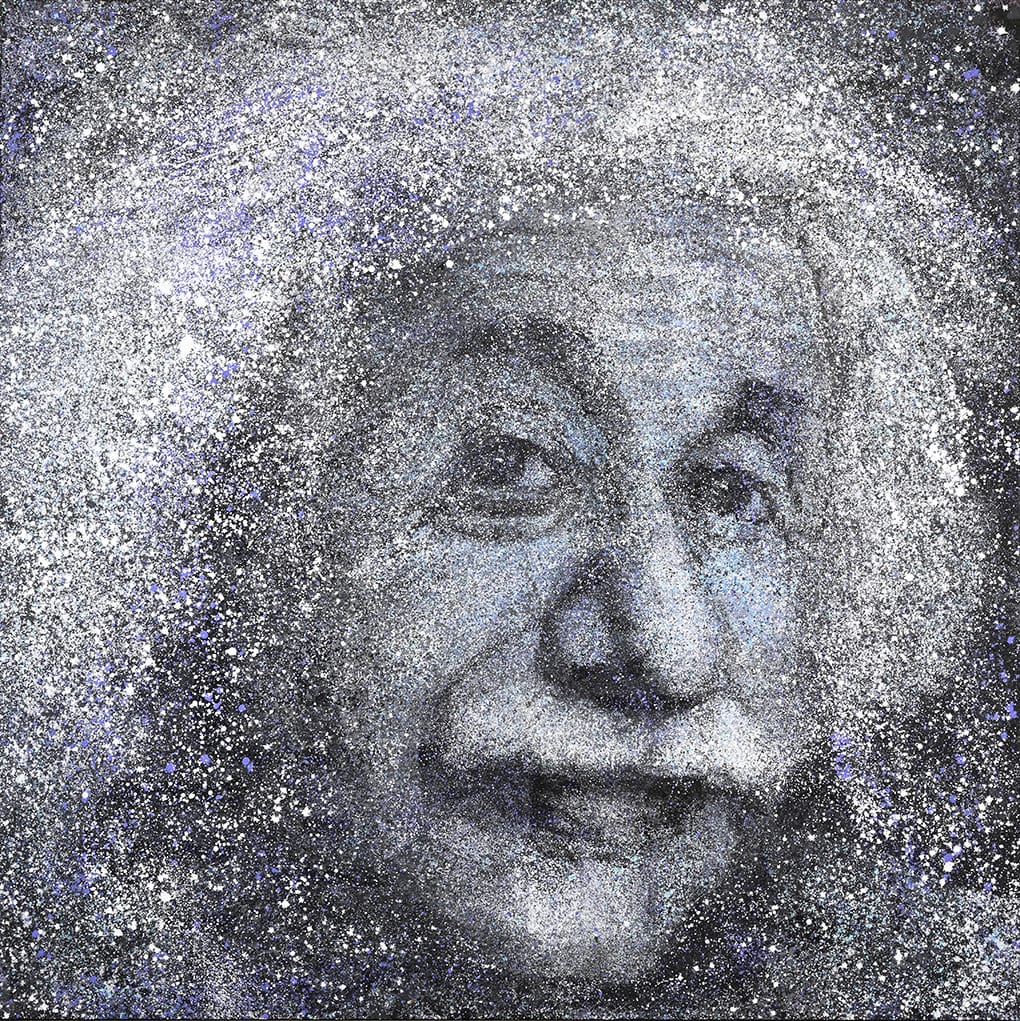
沈昌明_愛因斯坦_複合媒材、畫布_ 180×180 cm_2023
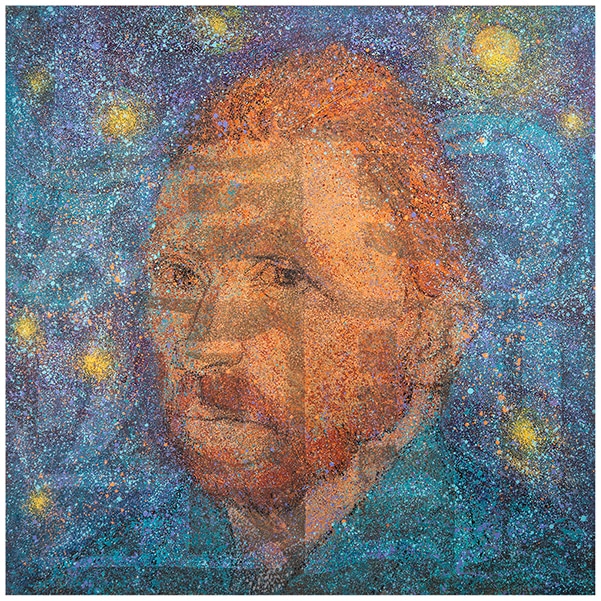
沈昌明_梵谷_複合媒材、畫布_180x180 cm_2023
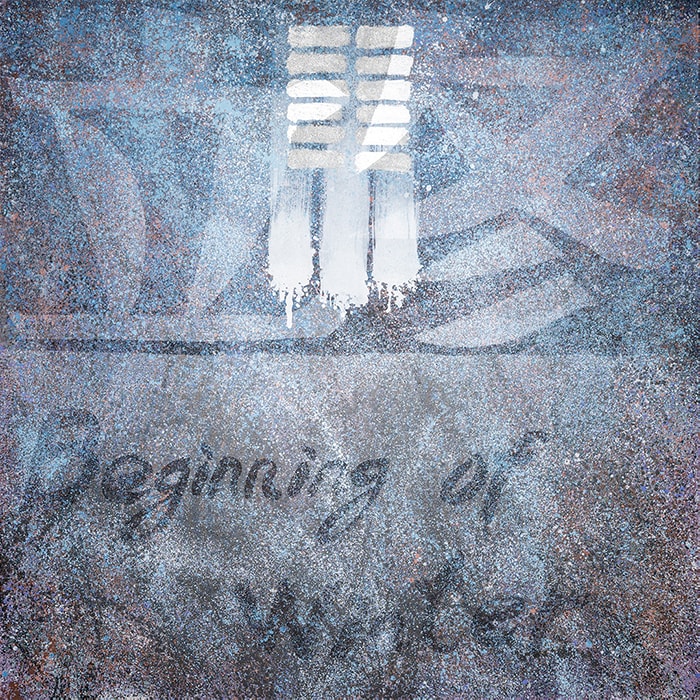
沈昌明_立冬_複合媒材、畫布_ 200×200 cm_2023_字
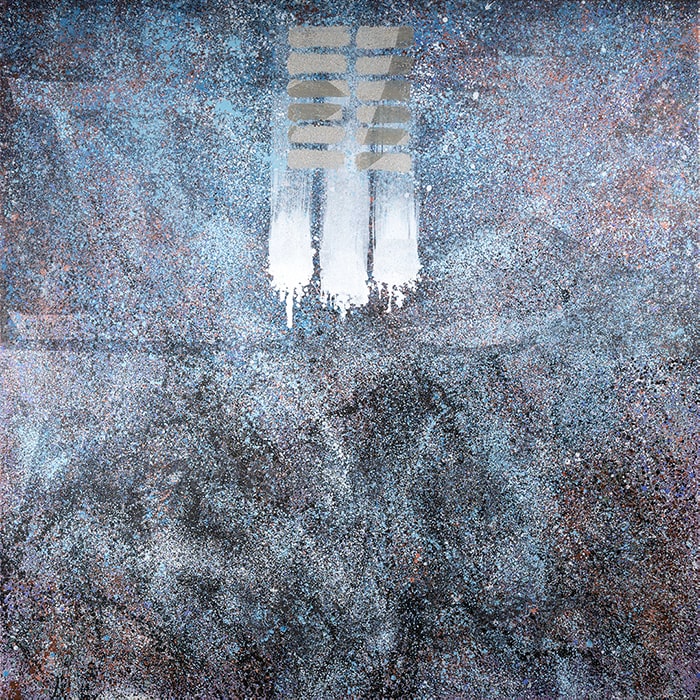
沈昌明_立冬_複合媒材、畫布_ 200×200 cm_2023
Title | Yijing in the Microscopic Quantum
Precursor of Quantum Contemporary Art—Chang-Ming Shen
Preview of the 60th Venice Biennale
Artisit | Chang-Ming Shen
Date | 2023/12/2(六) – 12/30(六)
Opening Party | 12/2(Sat) 16:30-18:00

